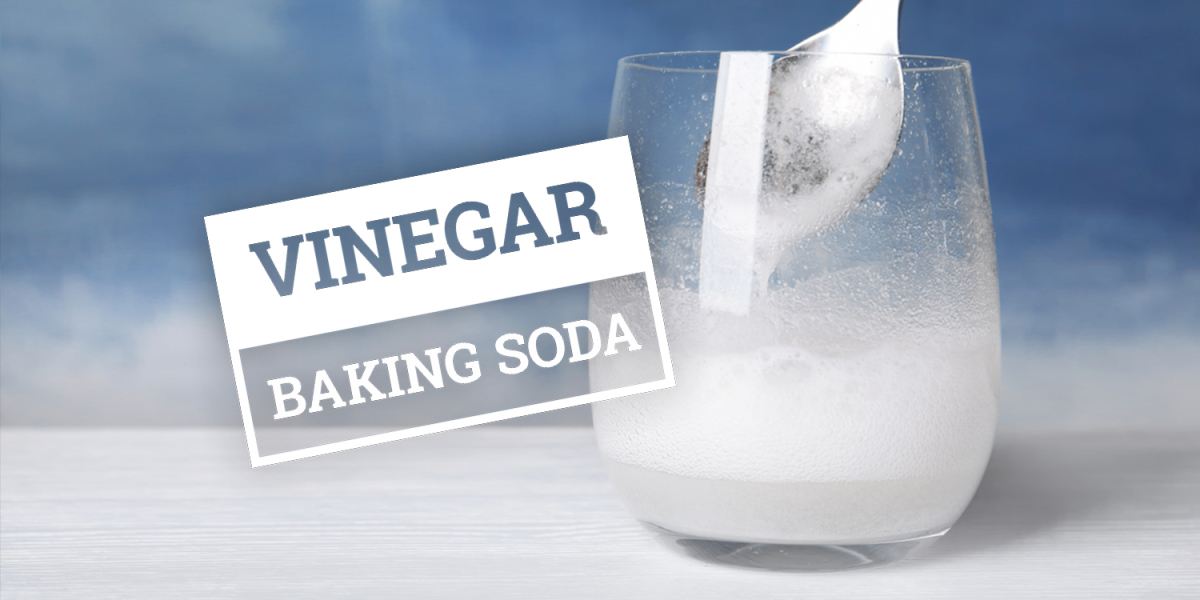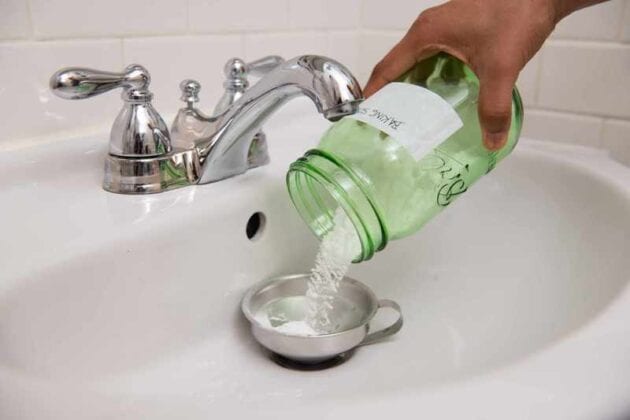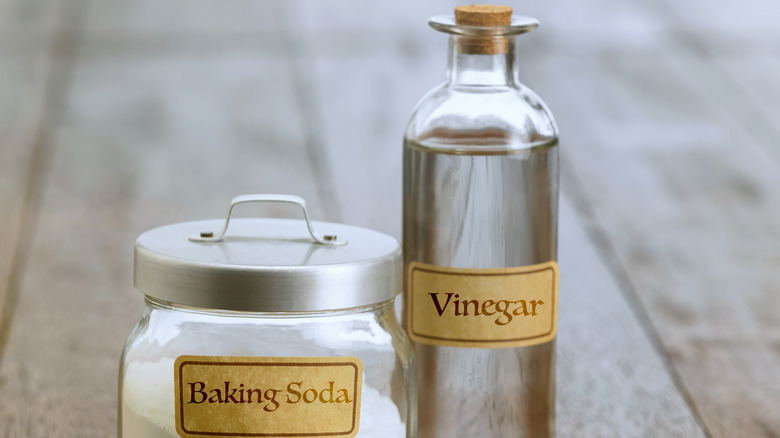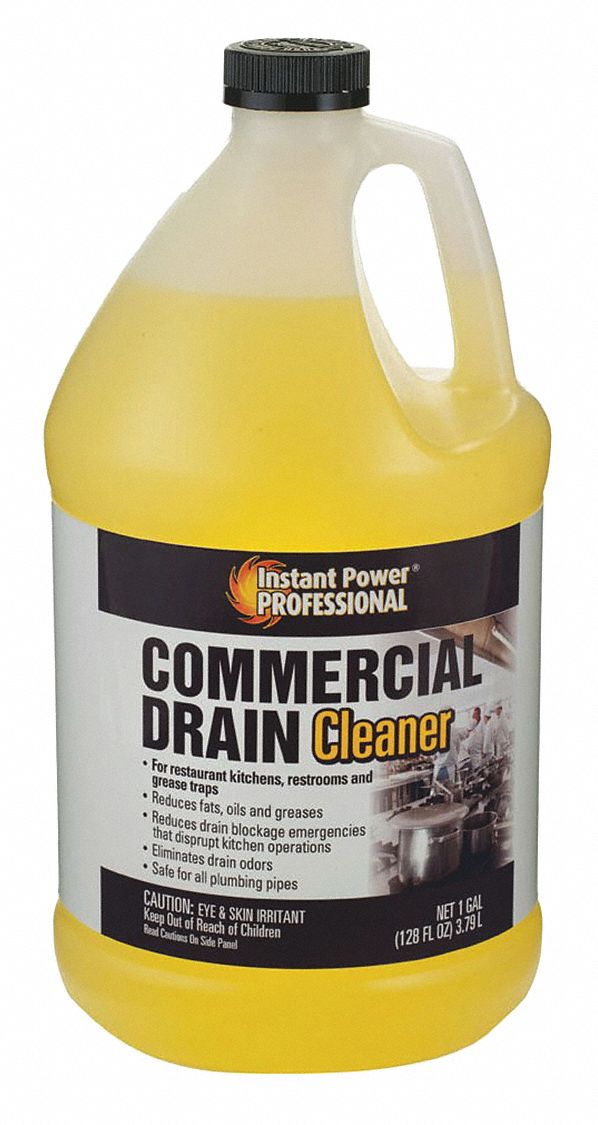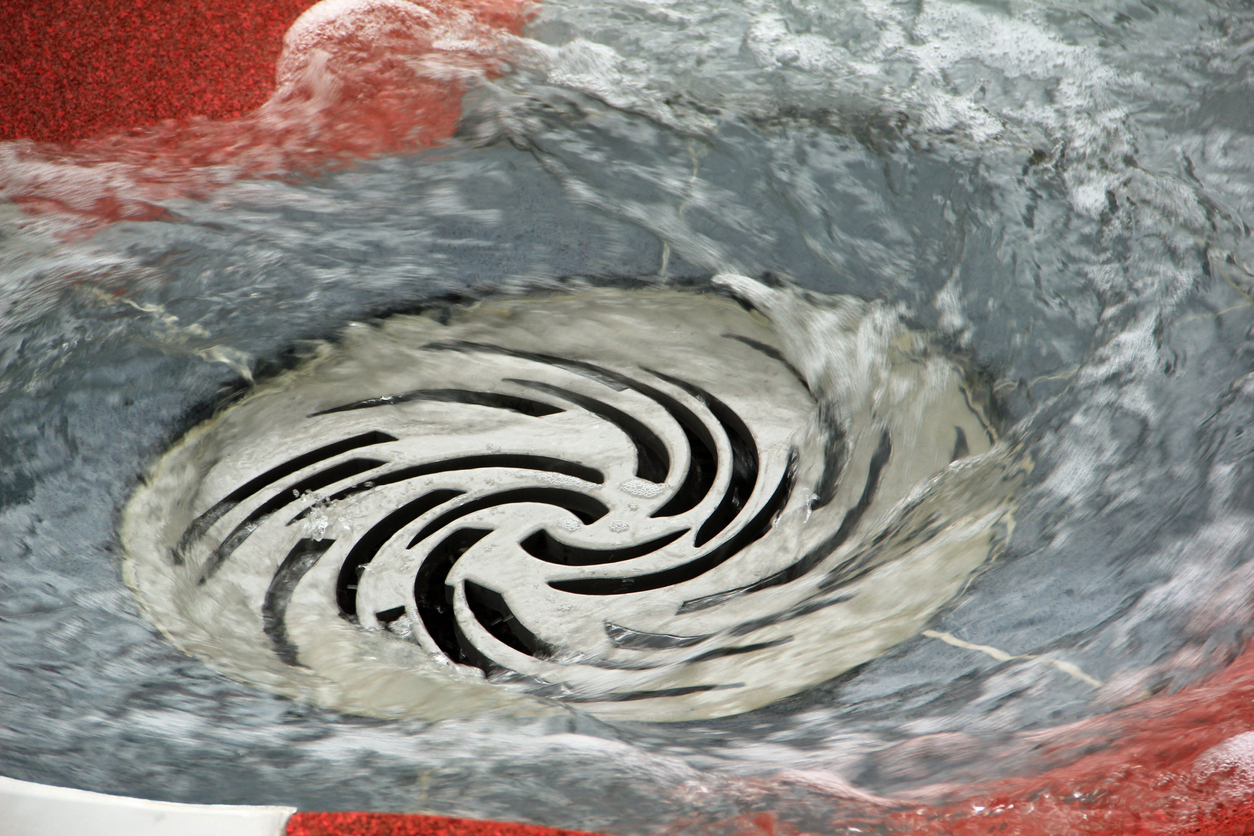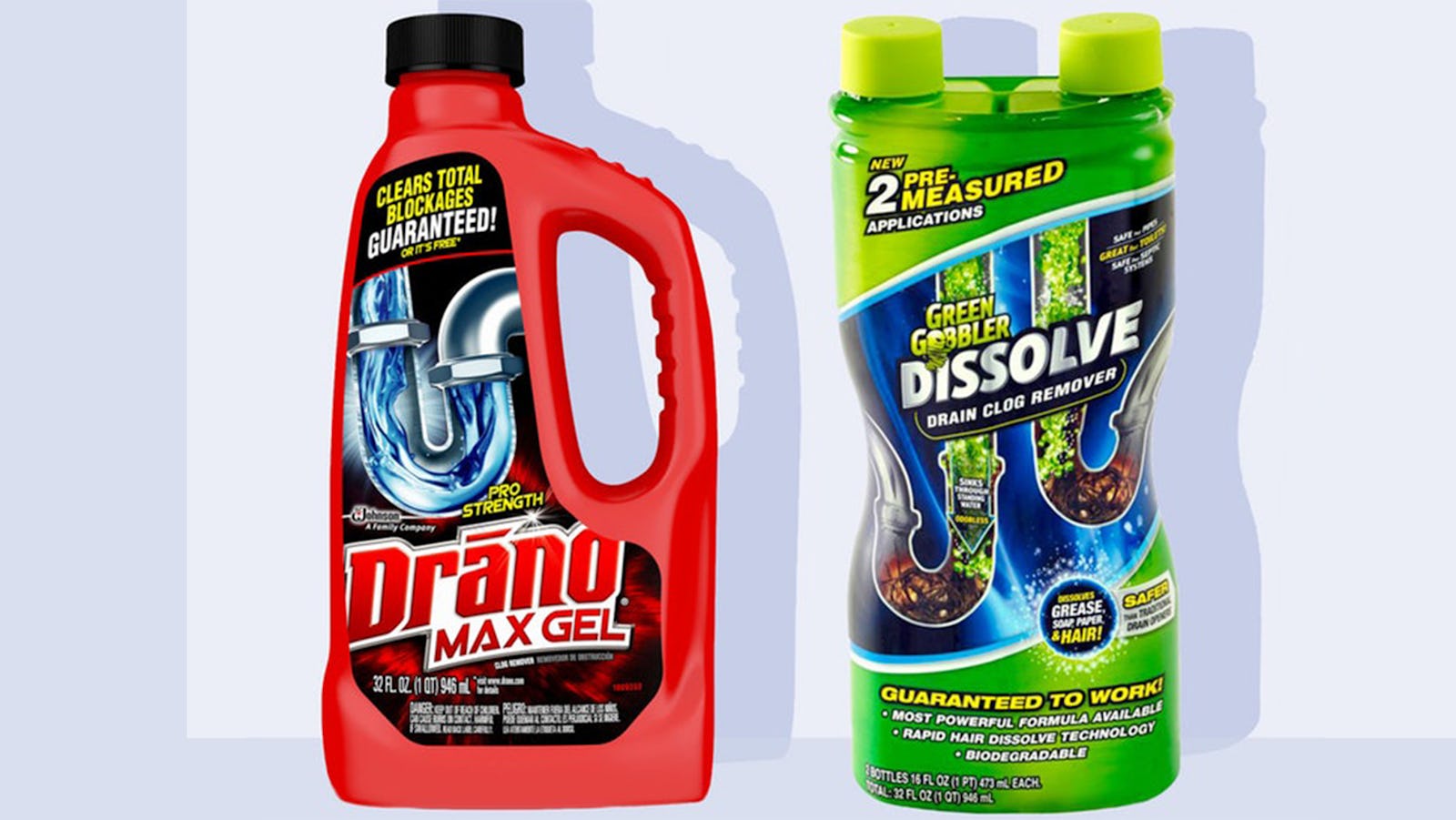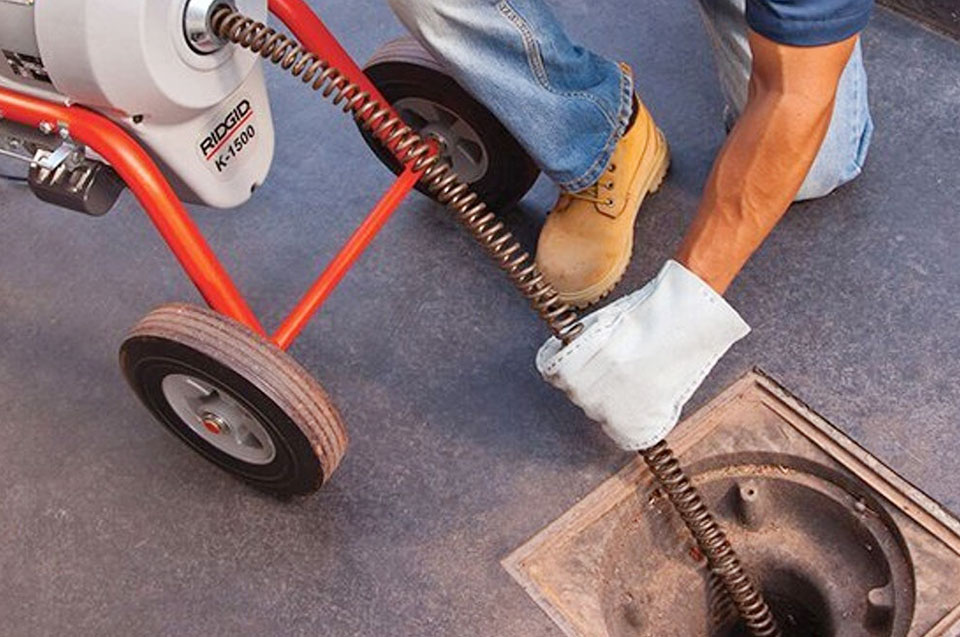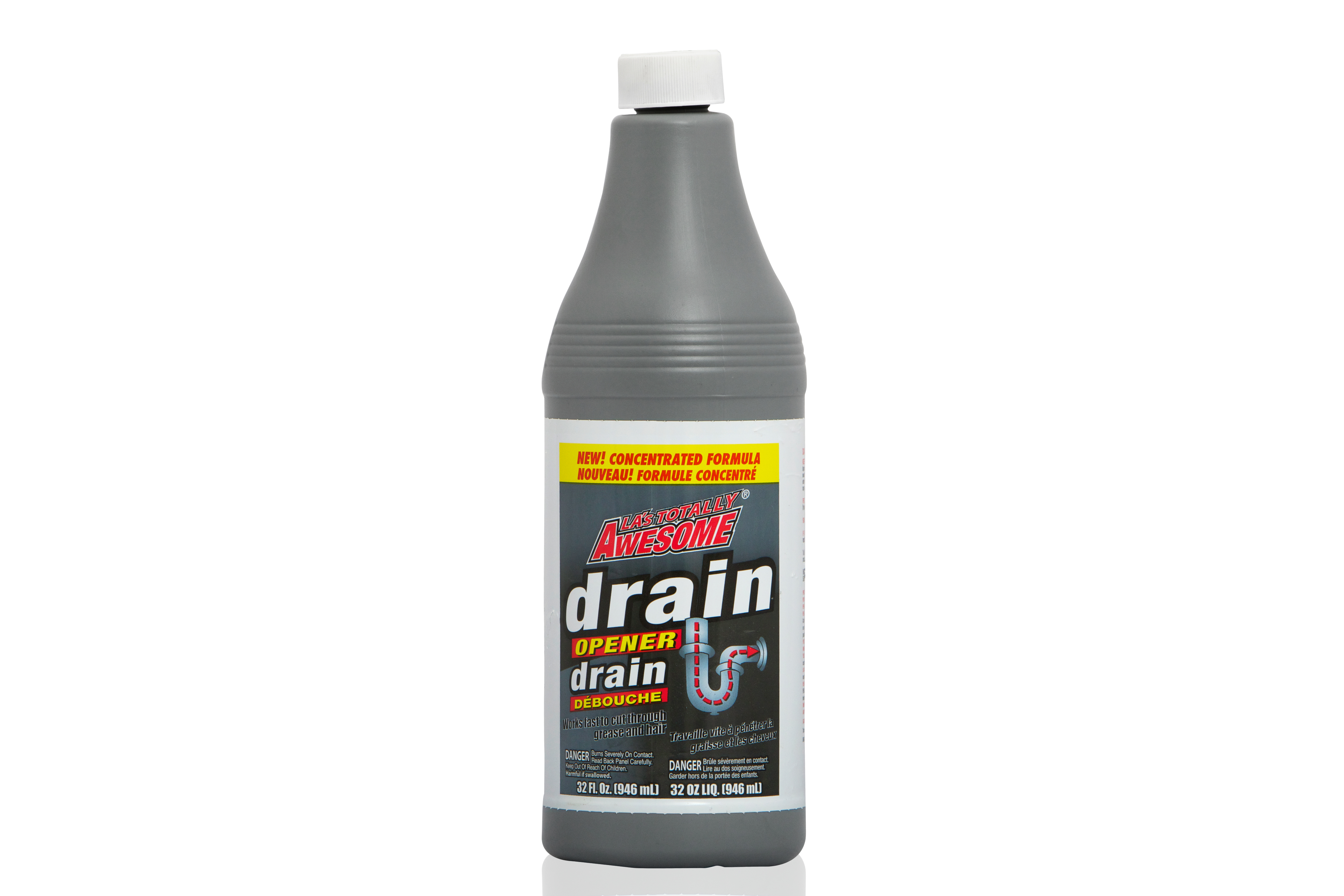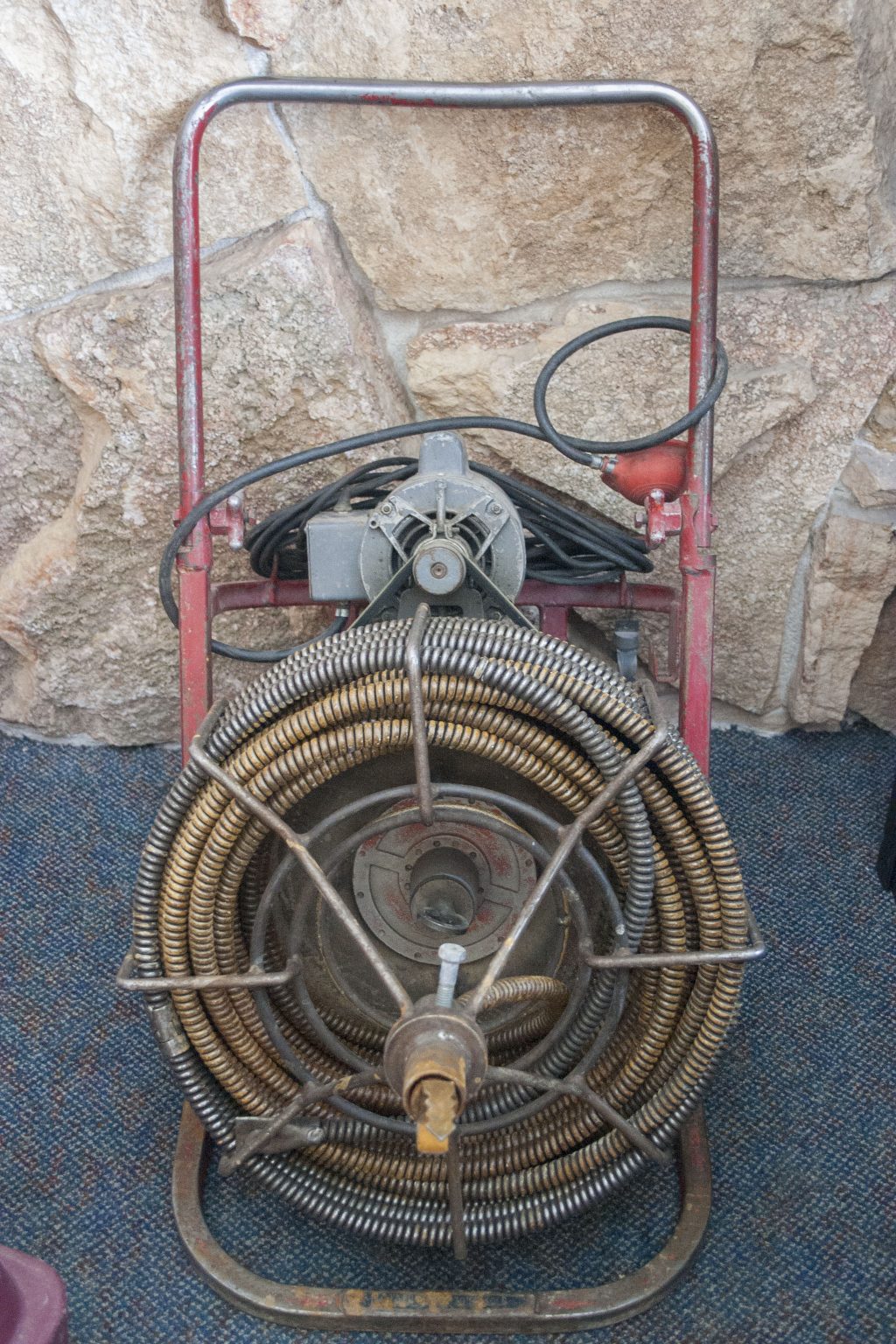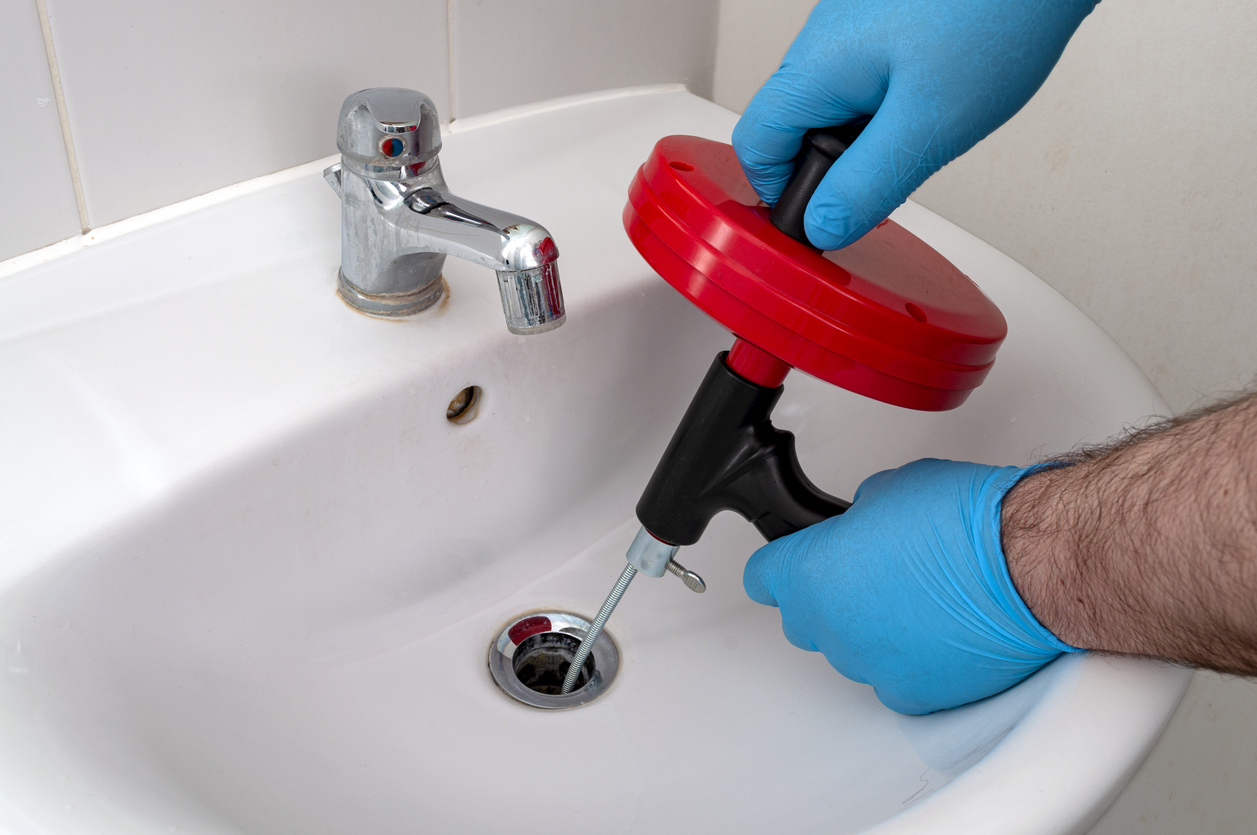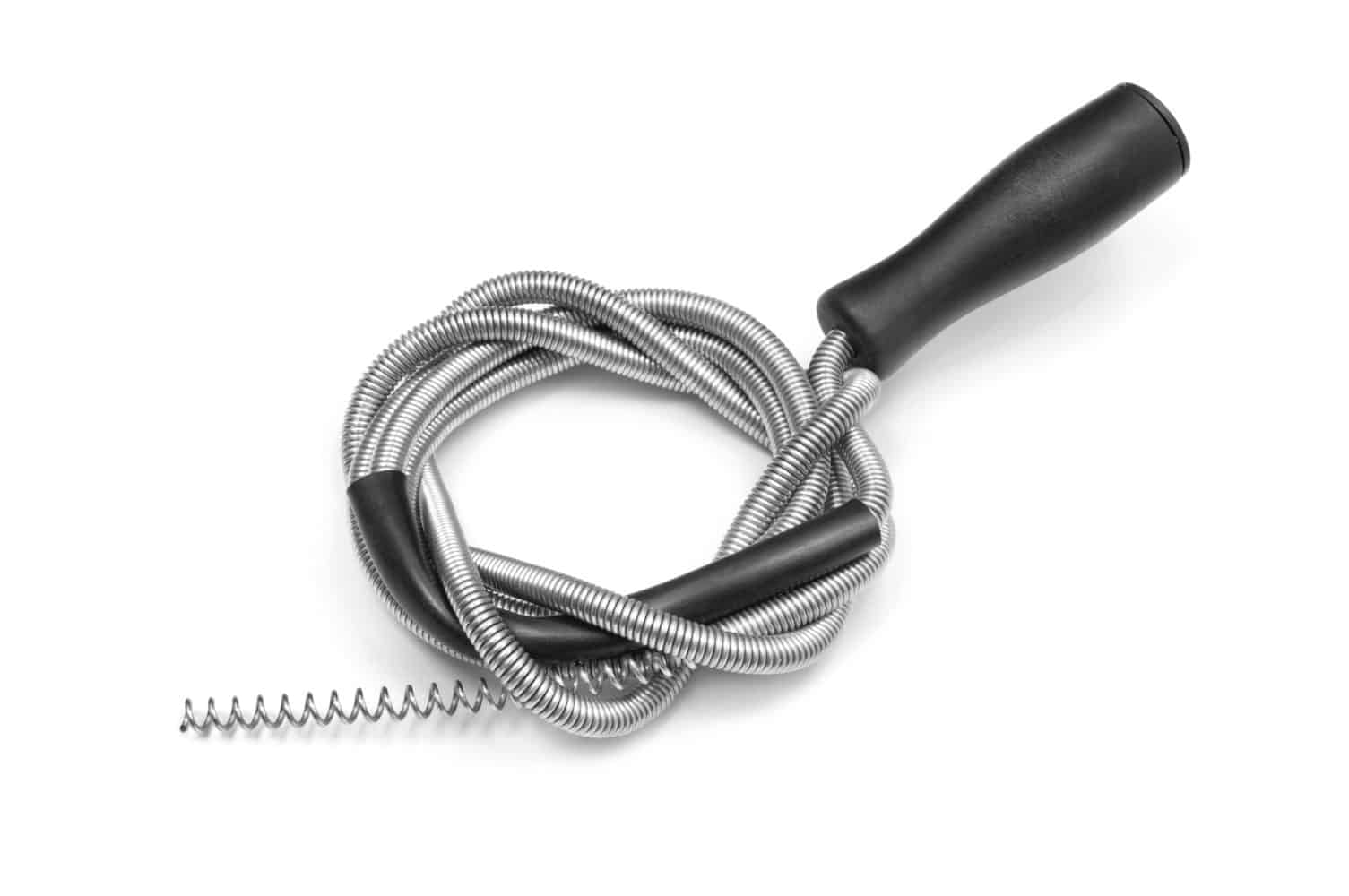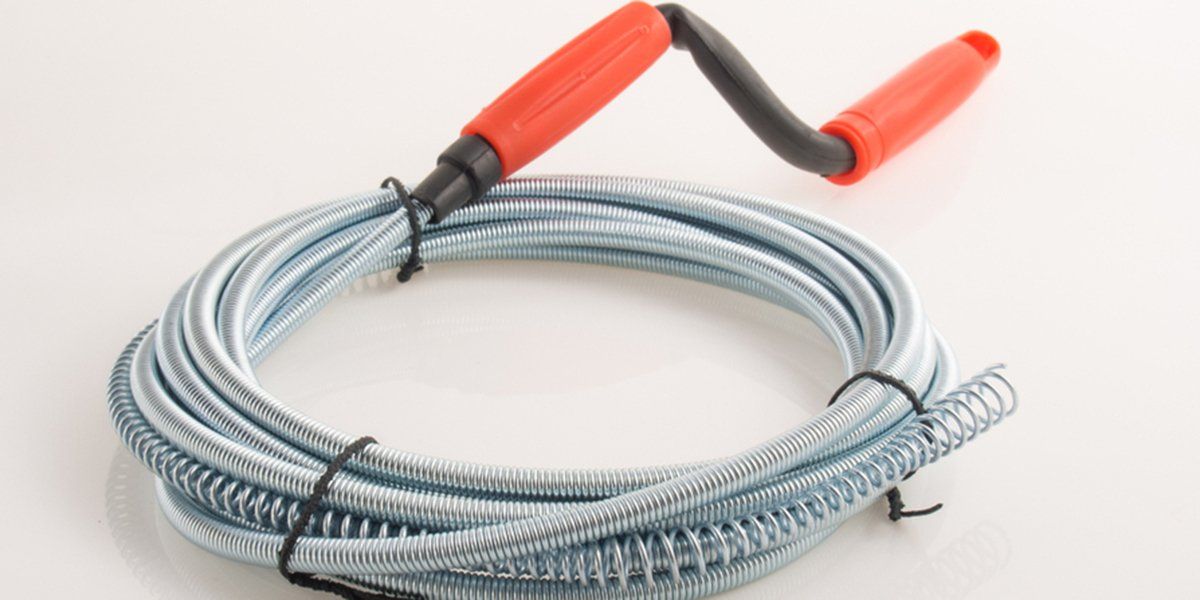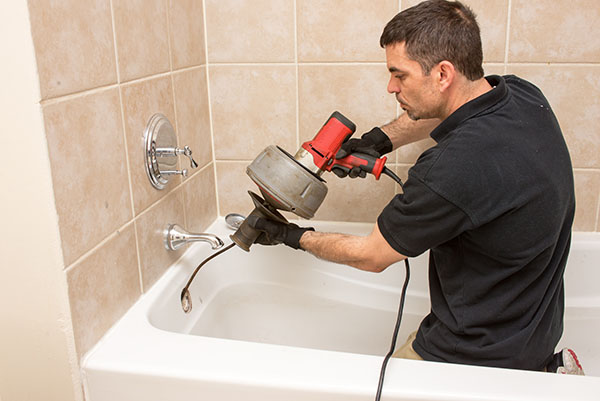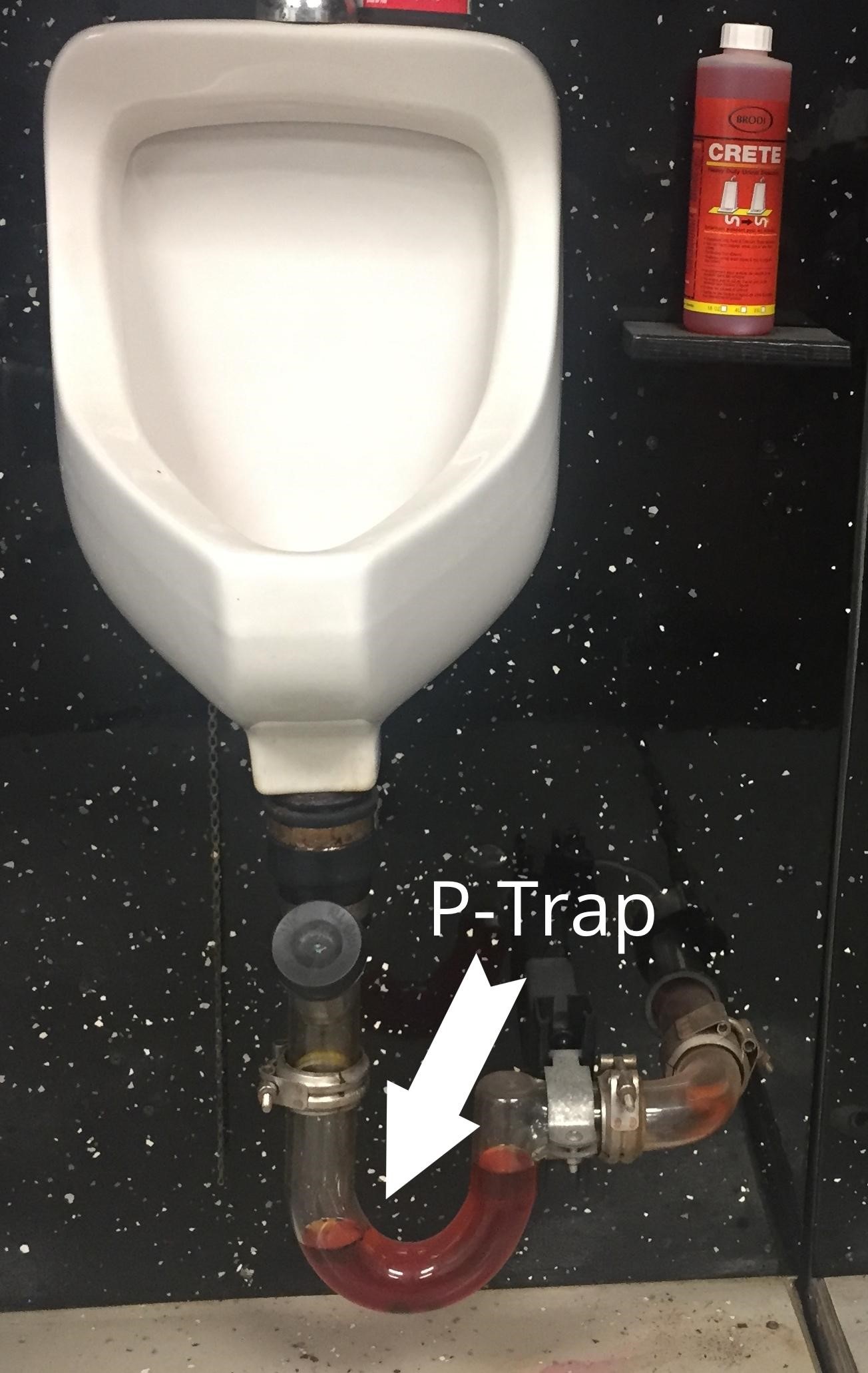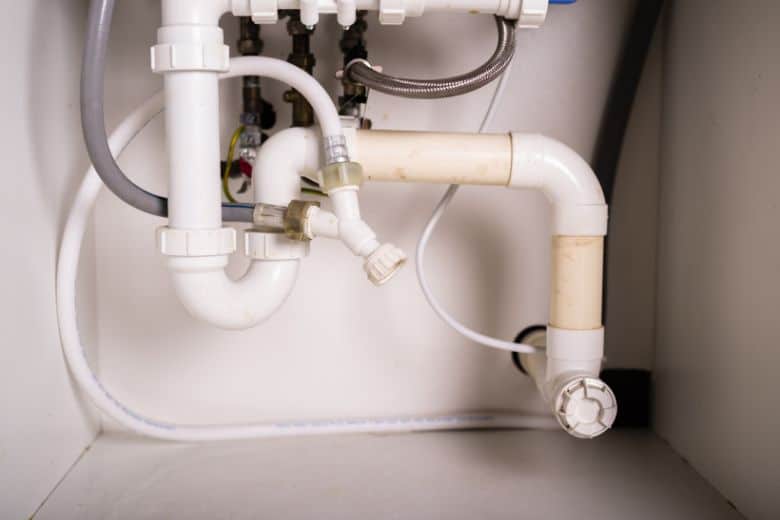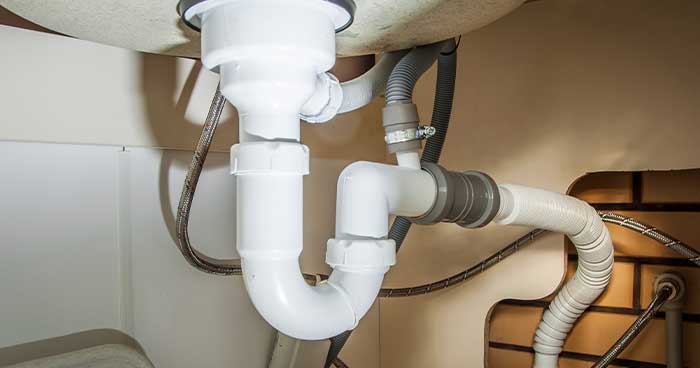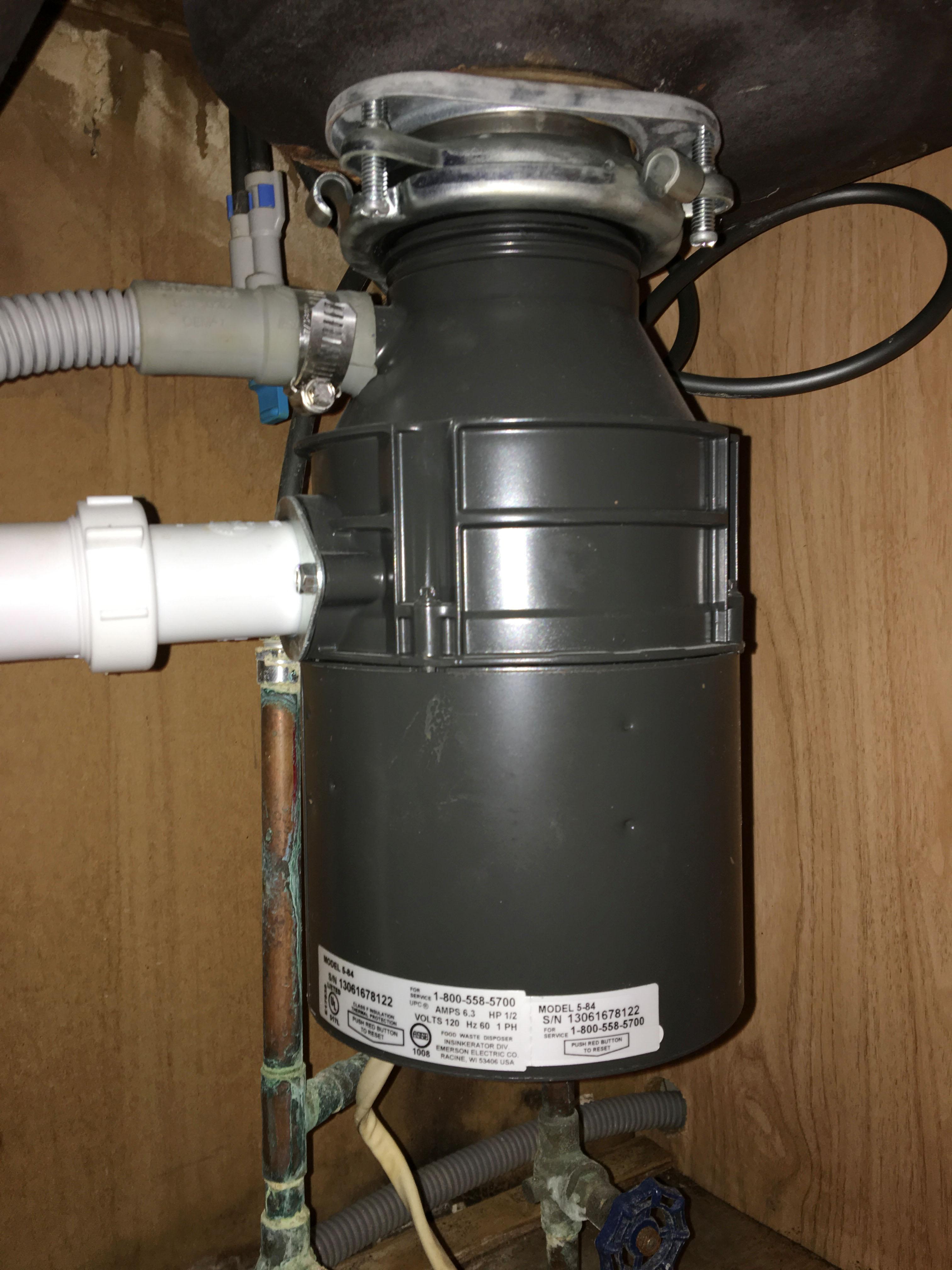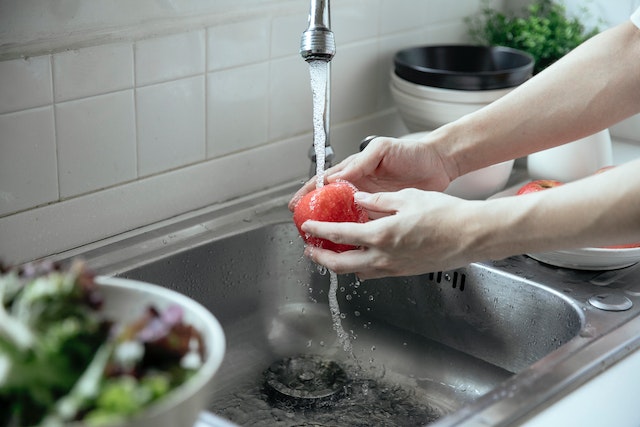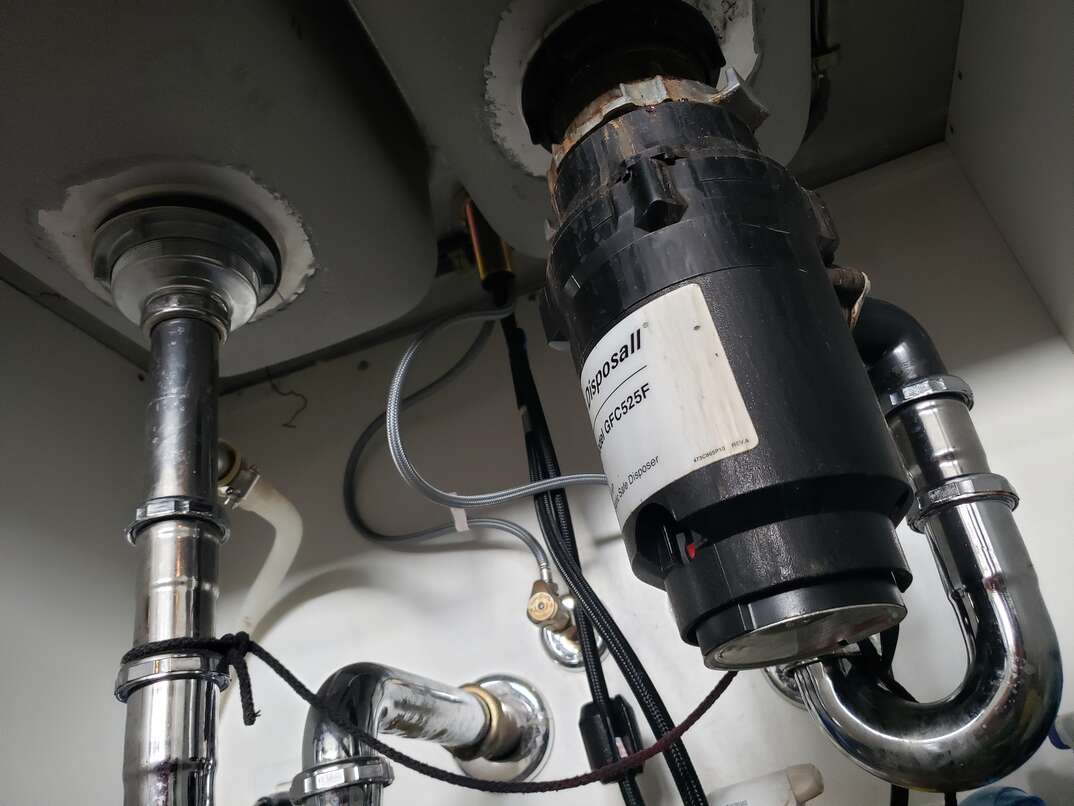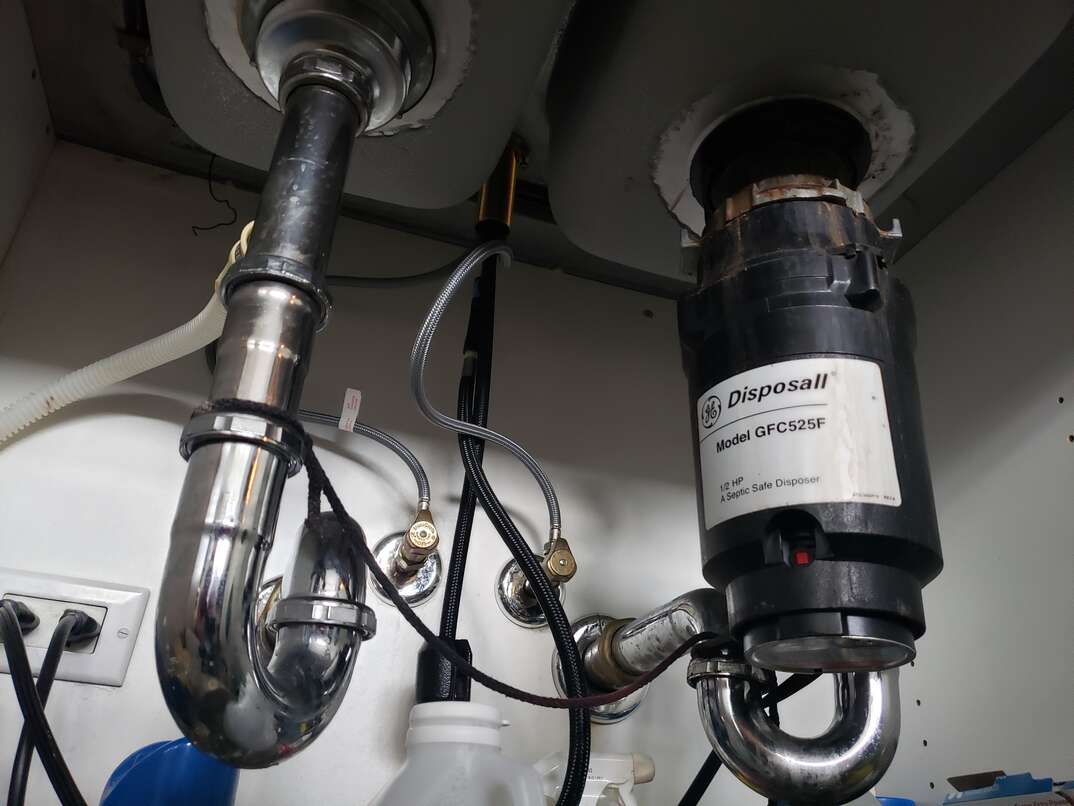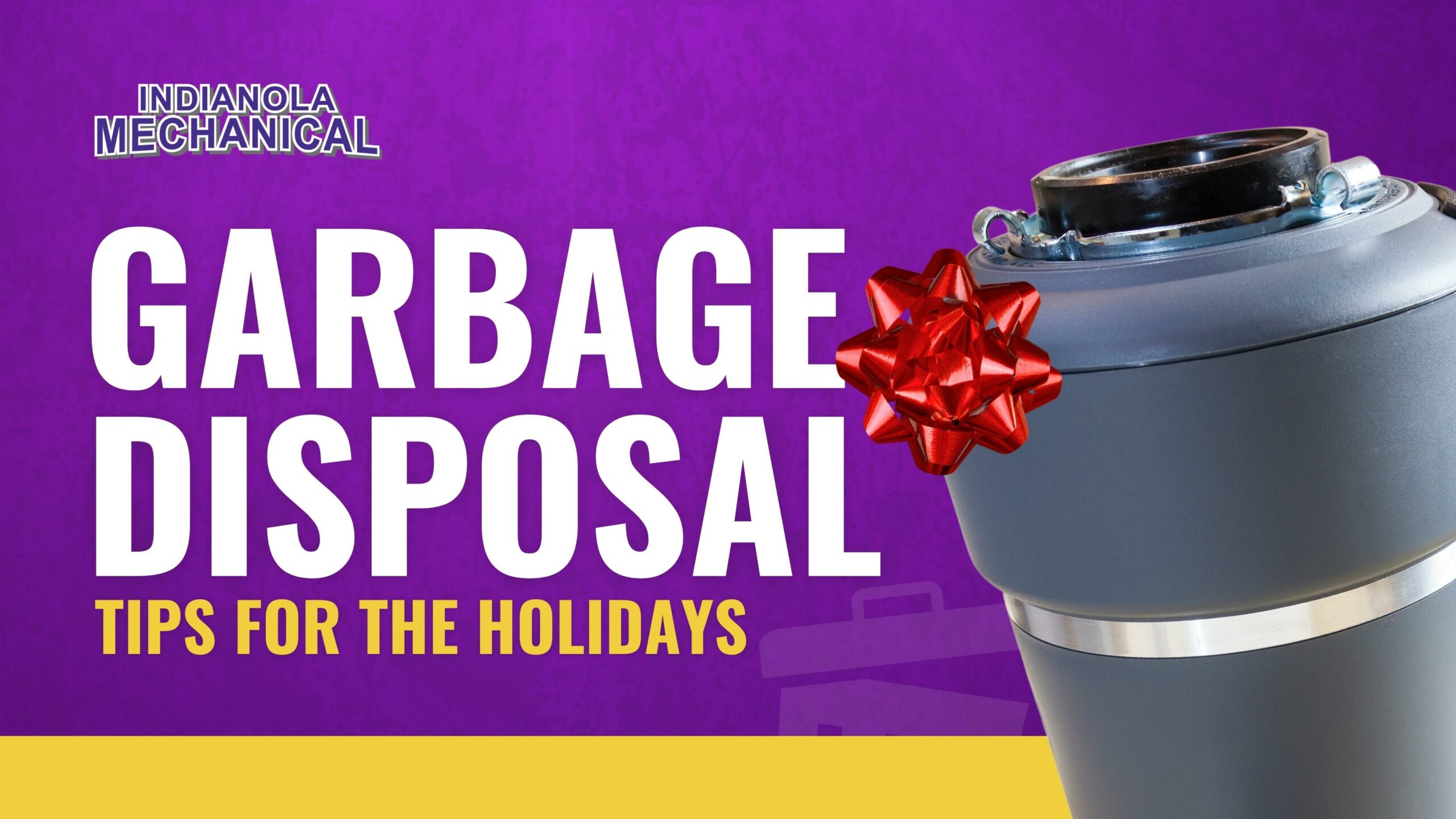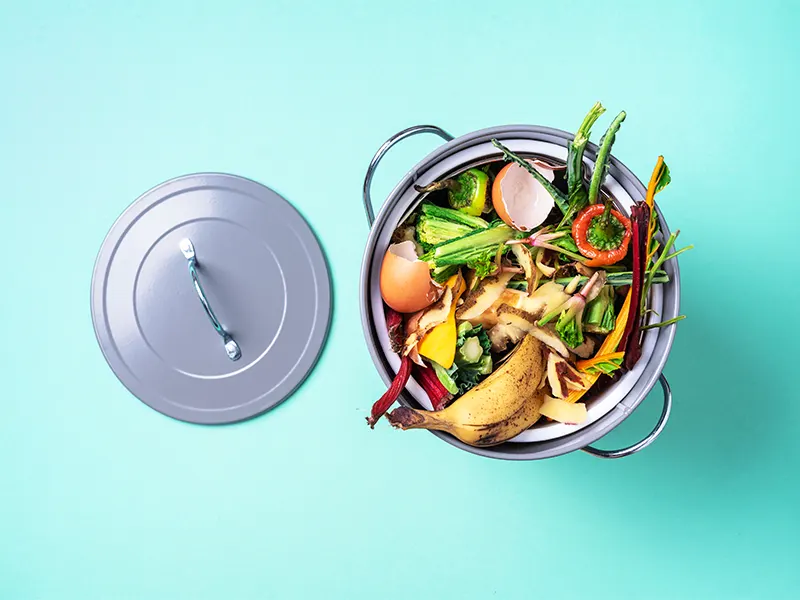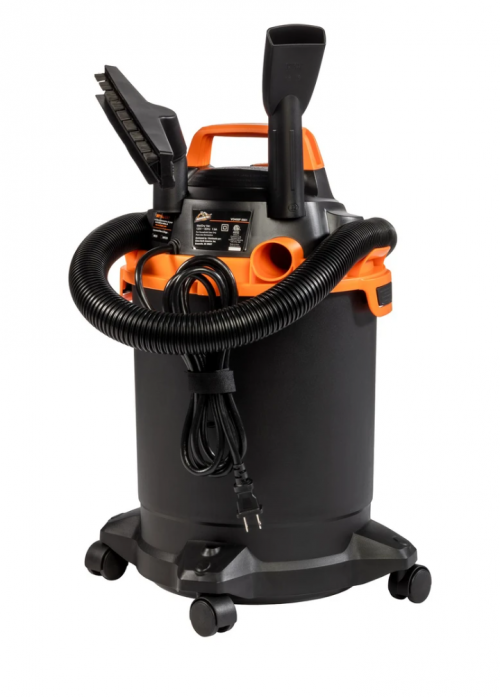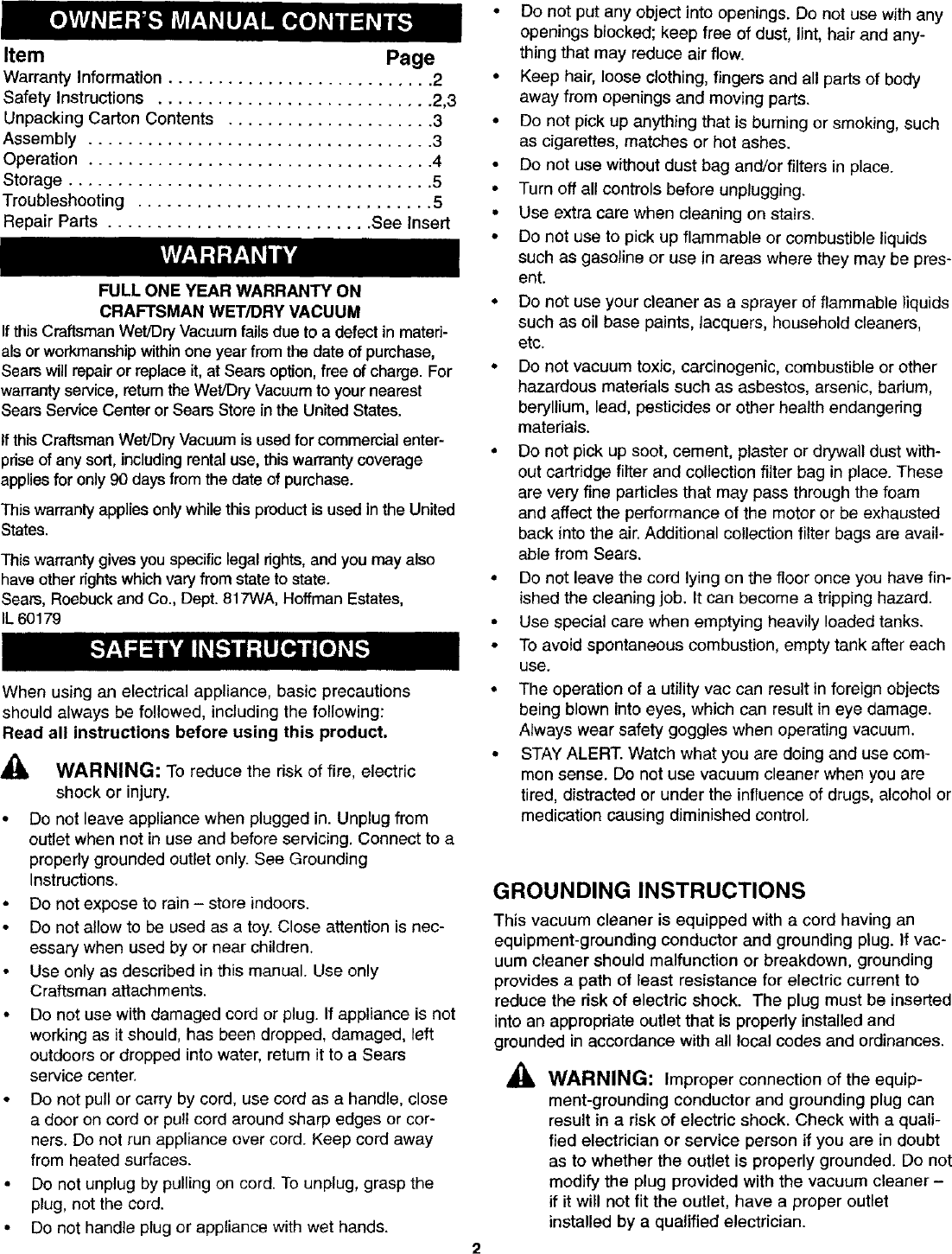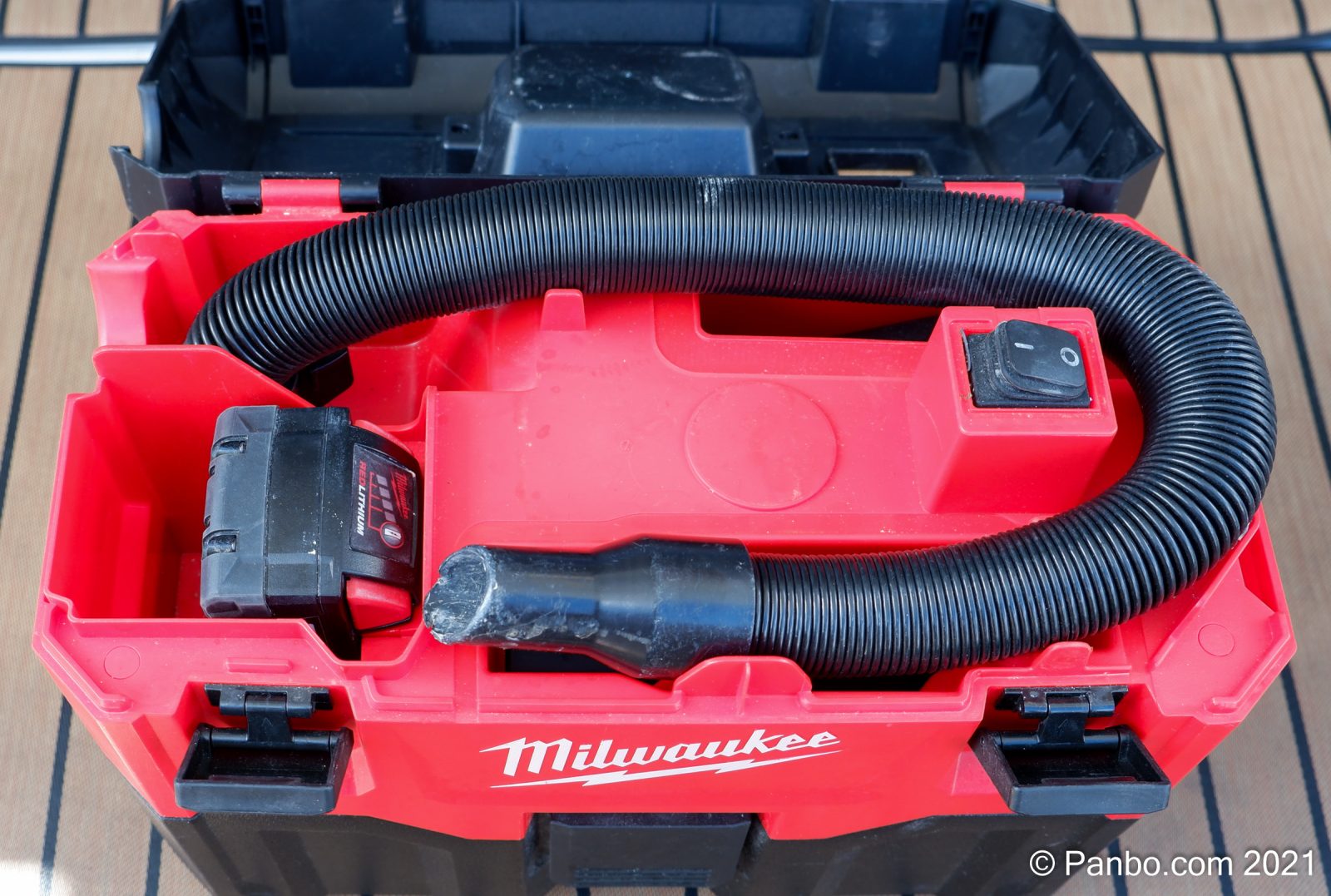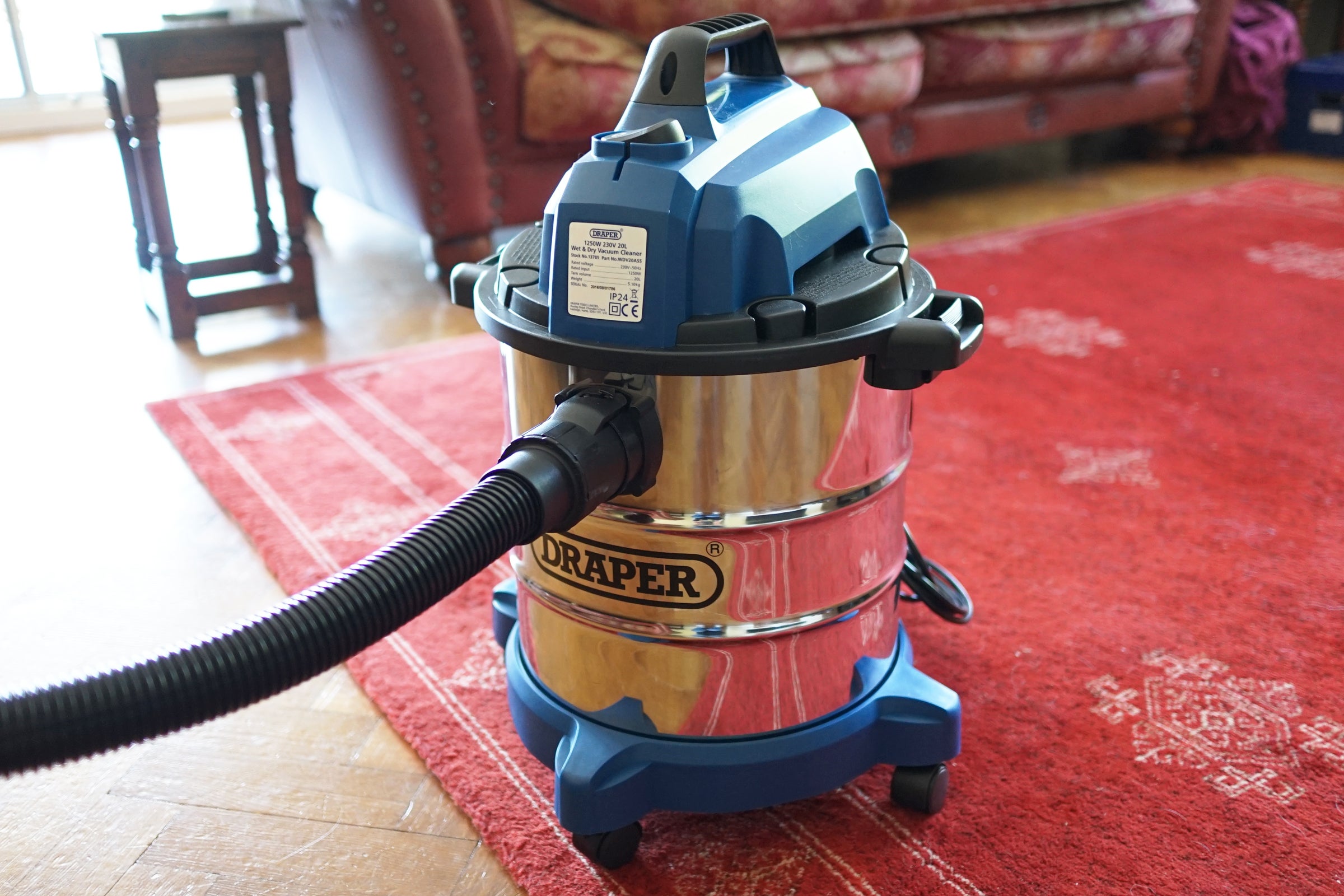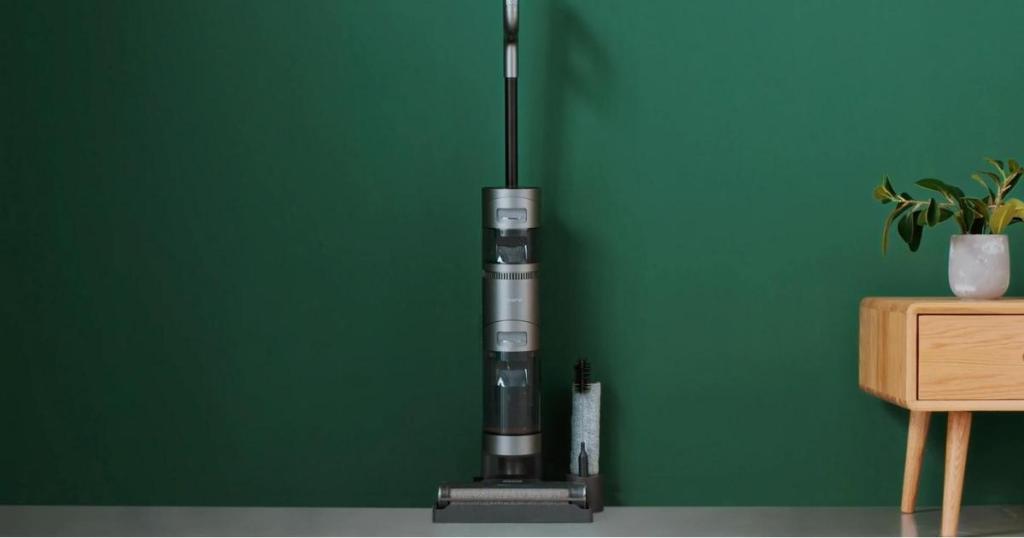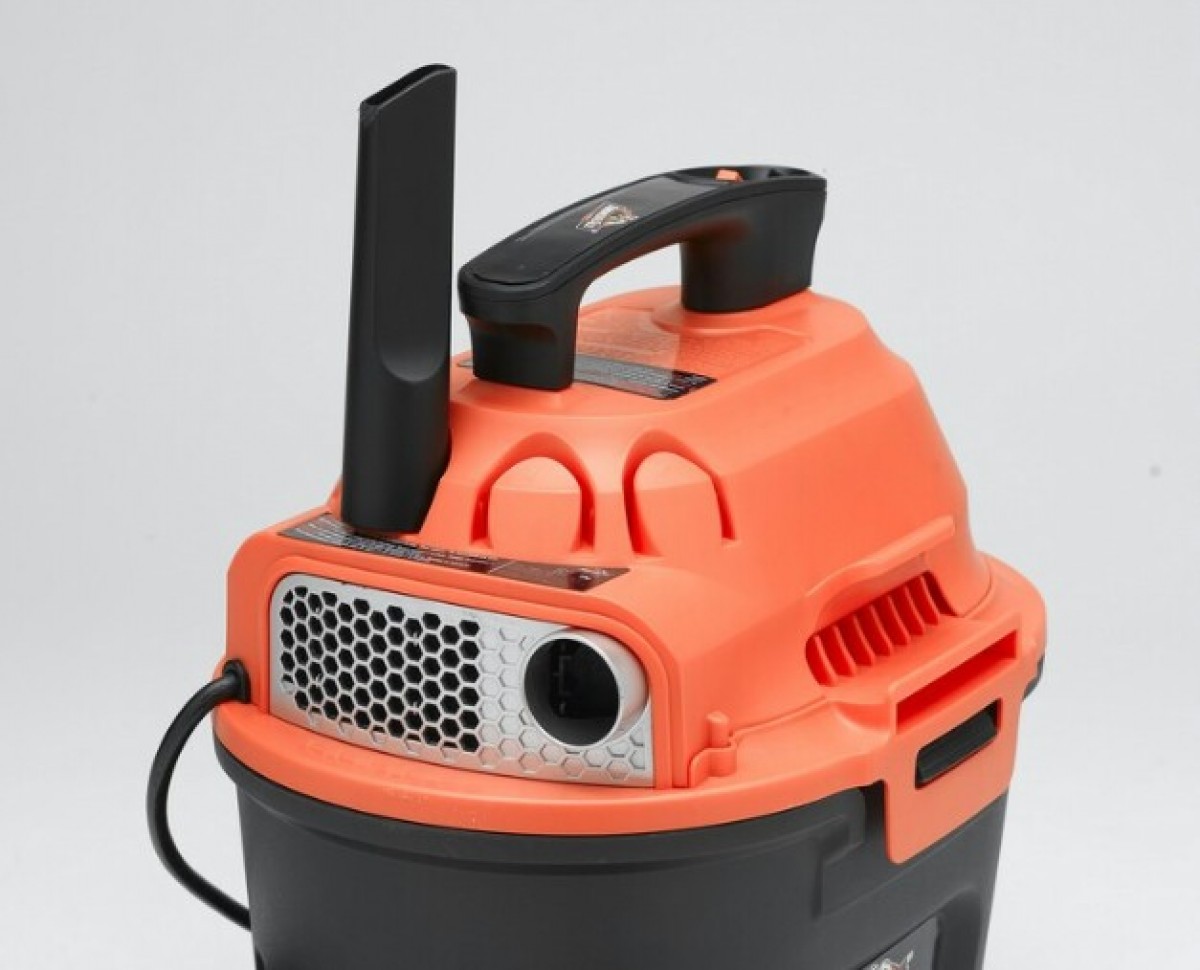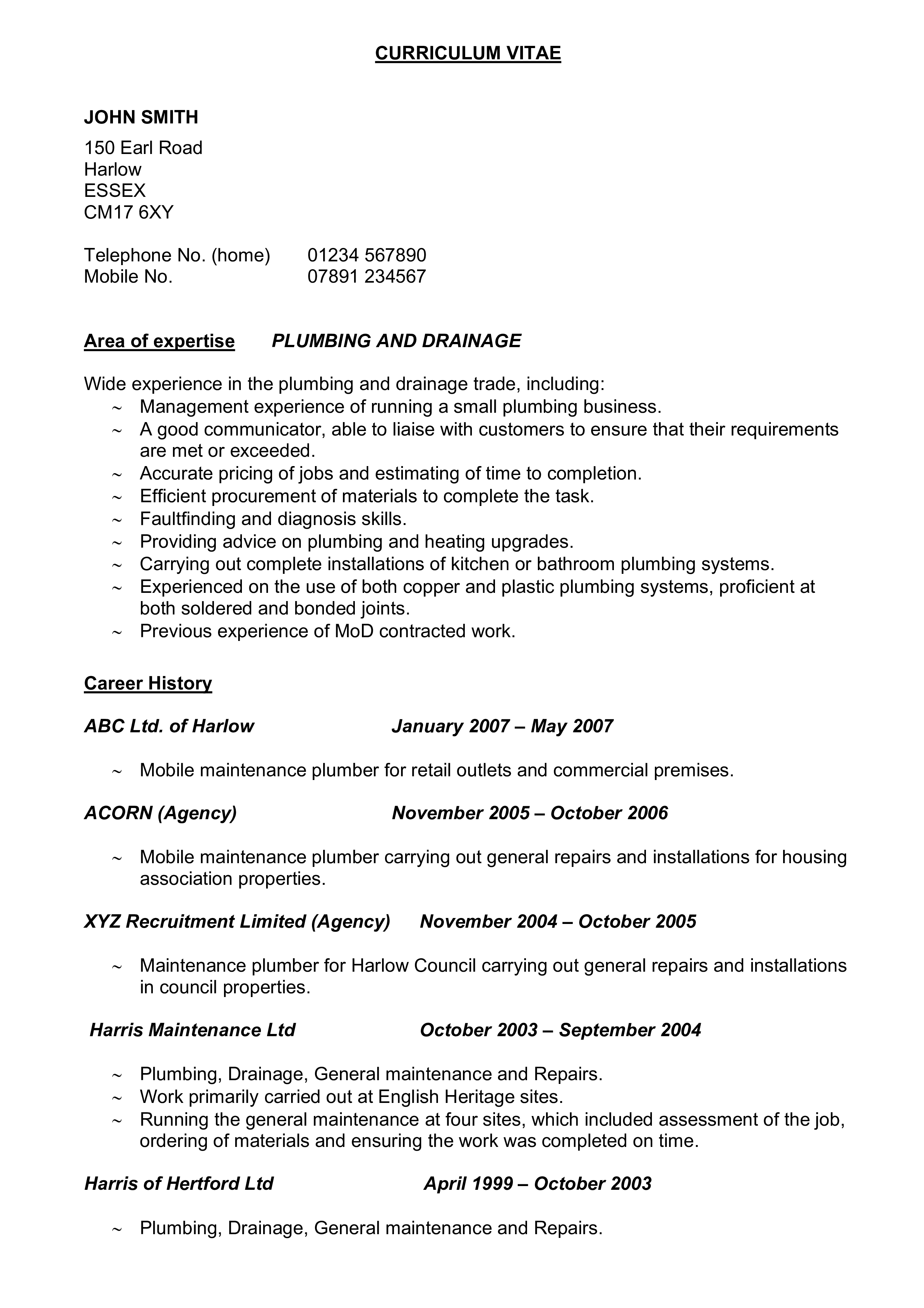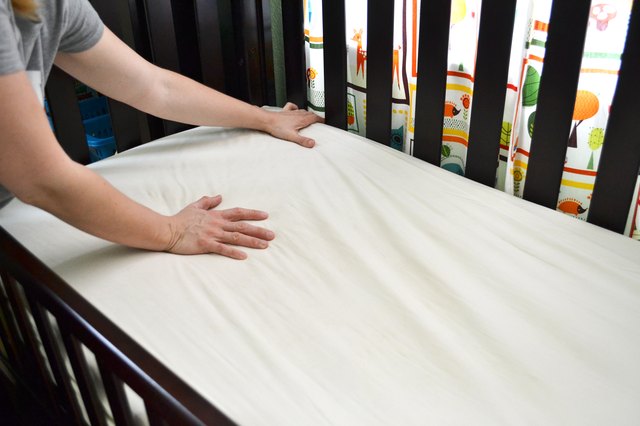If your kitchen sink is clogged, the first step you should take is to try using a plunger. This can help dislodge any blockages and get your sink draining again in no time. Make sure to use a plunger specifically designed for sinks, as they have a flat bottom that creates a better seal. To use the plunger, fill the sink with enough water to cover the head of the plunger. Place the plunger over the drain and push down firmly, then pull up quickly. Repeat this motion several times until the clog is cleared. If the plunger doesn't work, move on to the next step.1. Use a Plunger
Before attempting any other methods, it's important to get rid of any standing water in the sink. This will make it easier to see if your efforts are working and prevent any overflow. You can use a cup or bucket to scoop out the water, or a wet/dry vacuum if you have one. Once the water is gone, you can move on to trying other unclogging methods.2. Remove Any Standing Water
If the clog is caused by grease or food buildup, pouring boiling water down the drain can help break it up and clear the blockage. Boil a pot of water on the stove and carefully pour it down the drain in two or three stages, allowing the water to work for a few seconds between each pour. If this doesn't work, try the next step.3. Pour Boiling Water Down the Drain
Baking soda and vinegar are a powerful combination for unclogging drains. Start by pouring a pot of boiling water down the drain to loosen up any debris. Then, pour half a cup of baking soda down the drain followed by half a cup of vinegar. Cover the drain with a cloth or plug and let it sit for about 30 minutes. Once the time is up, pour another pot of boiling water down the drain. The chemical reaction between the baking soda and vinegar should help break up the clog and clear the drain.4. Use a Mixture of Baking Soda and Vinegar
If the previous methods haven't worked, you can try using a commercial drain cleaner. These products contain strong chemicals that can dissolve clogs and clear your drain. However, they can also be harsh on your pipes and should be used sparingly. Make sure to follow the instructions on the product carefully and use protective gloves and eyewear. Let the drain cleaner sit for the recommended amount of time before flushing it out with hot water. If this doesn't work, it's time to move on to a more hands-on approach.5. Try a Commercial Drain Cleaner
A plumbing snake, also known as an auger, is a long flexible tool used to clear clogs in pipes. It is inserted into the drain and pushed through until it reaches the clog. The end of the snake has a spiral or hook that can grab onto the clog and pull it out. To use a plumbing snake, feed it into the drain and turn the handle to push it through. Once you feel resistance, rotate the snake to help grab onto the clog. Continue pushing and pulling until the clog is cleared.6. Use a Plumbing Snake
If the clog is located in the P-trap, a U-shaped pipe under the sink, you may need to remove it and clean it out. First, place a bucket or bowl under the P-trap to catch any water that may spill out. Then, use a wrench to loosen the nuts connecting the P-trap to the sink and drain pipes. Once the P-trap is removed, clean it out with a brush or rag, removing any debris or buildup. Then, reattach it and run hot water to see if the clog is cleared.7. Remove and Clean the P-Trap
If your kitchen sink has a garbage disposal, it's important to check it when dealing with a clog. First, make sure the power to the disposal is turned off. Then, use tongs or pliers to remove any visible debris from inside the disposal. If the disposal is clogged, you can try using an Allen wrench to manually rotate the blades and dislodge the clog. Once the disposal is clear, run hot water to flush out any remaining debris.8. Check the Garbage Disposal
If all else fails, you can try using a wet/dry vacuum to suck out the clog. Make sure to set the vacuum to wet mode and create a tight seal around the drain with the hose. Then, turn on the vacuum and let it run for a few minutes to see if it clears the clog. This method is not recommended for use with chemical drain cleaners, as it can create dangerous fumes.9. Use a Wet/Dry Vacuum
If none of these steps work, it's time to call in the professionals. A licensed plumber will have the tools and expertise to identify and fix the issue, ensuring your kitchen sink is back to working properly. Remember to always use caution when dealing with a clogged kitchen sink and never put your hands or tools down the drain if you are unsure of the cause of the clog. Don't let a clogged kitchen sink ruin your day. With these 10 steps, you can easily unclog your sink and get back to your daily routine. Remember to use preventative measures, such as regularly cleaning your drains, to avoid future clogs. If all else fails, don't hesitate to call a professional for help.10. Call a Professional Plumber
Additional Tips to Keep Your Kitchen Sink Unclogged
:max_bytes(150000):strip_icc()/how-to-unclog-a-kitchen-sink-2718799_sketch_FINAL-8c5caa805a69493ab22dfb537c72a1b7.png)
Regularly use a drain cleaner
 One of the best ways to prevent a clogged kitchen sink is to regularly use a drain cleaner.
Dish soap
and
boiling water
are two common household items that can help keep your drain clear. Simply pour a cup of dish soap down the drain, followed by a pot of boiling water. The hot water will help break down any buildup or debris in the pipes, while the dish soap will act as a lubricant to help everything flow through smoothly.
One of the best ways to prevent a clogged kitchen sink is to regularly use a drain cleaner.
Dish soap
and
boiling water
are two common household items that can help keep your drain clear. Simply pour a cup of dish soap down the drain, followed by a pot of boiling water. The hot water will help break down any buildup or debris in the pipes, while the dish soap will act as a lubricant to help everything flow through smoothly.
Install a sink strainer
 Another way to prevent clogs in your kitchen sink is to install a sink strainer. These simple mesh screens sit over the drain and catch any large pieces of food or debris before they can go down the pipes. This is especially helpful if you have a garbage disposal, as it can prevent large chunks of food from getting stuck in the disposal and causing a blockage.
Another way to prevent clogs in your kitchen sink is to install a sink strainer. These simple mesh screens sit over the drain and catch any large pieces of food or debris before they can go down the pipes. This is especially helpful if you have a garbage disposal, as it can prevent large chunks of food from getting stuck in the disposal and causing a blockage.
Be mindful of what you put down the drain
 Grease, oil, and other fats
should never be poured down the drain, as they can solidify and cause clogs. Fibrous foods like
celery, corn husks, and onion skins
can also get caught in the pipes and cause blockages. Instead, dispose of these items in the trash or compost them. Also, be sure to run hot water down the drain after using the garbage disposal to help flush any remaining debris.
Grease, oil, and other fats
should never be poured down the drain, as they can solidify and cause clogs. Fibrous foods like
celery, corn husks, and onion skins
can also get caught in the pipes and cause blockages. Instead, dispose of these items in the trash or compost them. Also, be sure to run hot water down the drain after using the garbage disposal to help flush any remaining debris.
Try a natural remedy
 If you prefer to use natural methods to unclog your kitchen sink, there are a few options you can try.
Baking soda and vinegar
is a popular combination that can help break down clogs and eliminate odors. Simply pour a cup of baking soda down the drain, followed by a cup of vinegar. Let it sit for a few minutes, then pour some hot water down the drain to flush it out.
If you prefer to use natural methods to unclog your kitchen sink, there are a few options you can try.
Baking soda and vinegar
is a popular combination that can help break down clogs and eliminate odors. Simply pour a cup of baking soda down the drain, followed by a cup of vinegar. Let it sit for a few minutes, then pour some hot water down the drain to flush it out.
Know when to call a plumber
 If none of these methods work and your kitchen sink is still clogged, it may be time to call a professional plumber. They have the tools and expertise to handle even the toughest clogs and can help identify any underlying issues that may be causing frequent clogs. It's always better to leave it to the professionals rather than risk causing further damage to your pipes.
With these additional tips, you can keep your kitchen sink unclogged and running smoothly. Remember to be mindful of what you put down the drain and to regularly clean and maintain your pipes to prevent clogs. By following these steps, you can avoid the hassle and mess of a clogged kitchen sink.
If none of these methods work and your kitchen sink is still clogged, it may be time to call a professional plumber. They have the tools and expertise to handle even the toughest clogs and can help identify any underlying issues that may be causing frequent clogs. It's always better to leave it to the professionals rather than risk causing further damage to your pipes.
With these additional tips, you can keep your kitchen sink unclogged and running smoothly. Remember to be mindful of what you put down the drain and to regularly clean and maintain your pipes to prevent clogs. By following these steps, you can avoid the hassle and mess of a clogged kitchen sink.



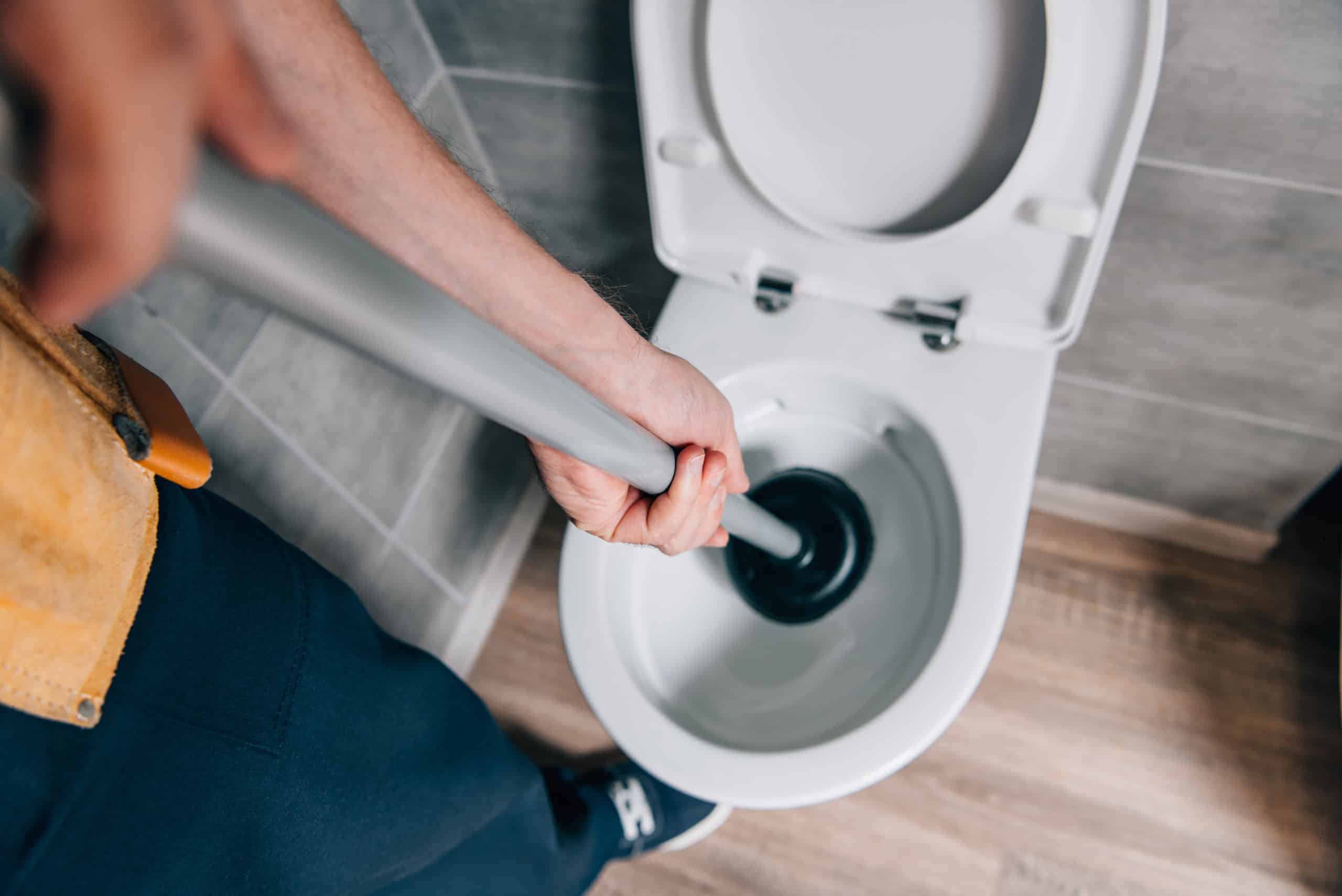
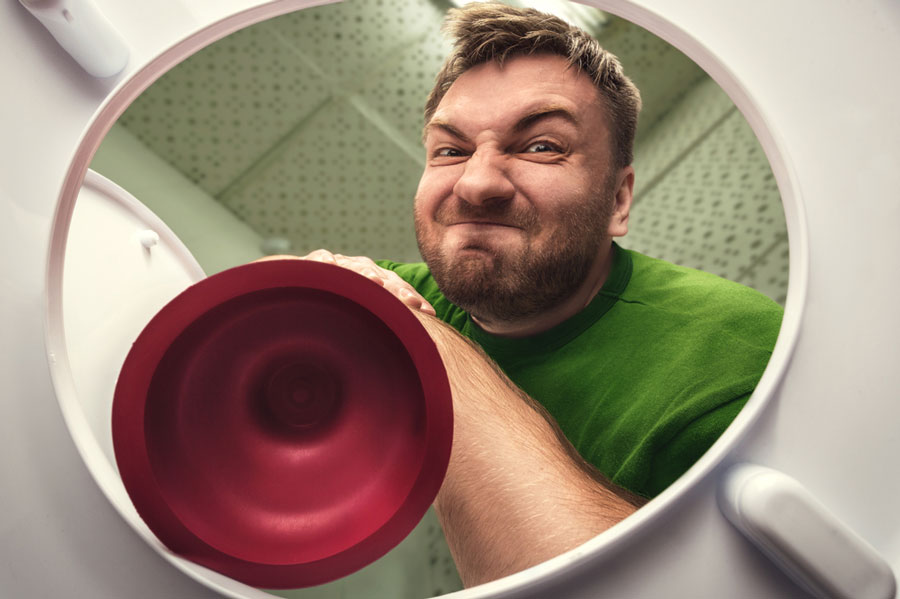
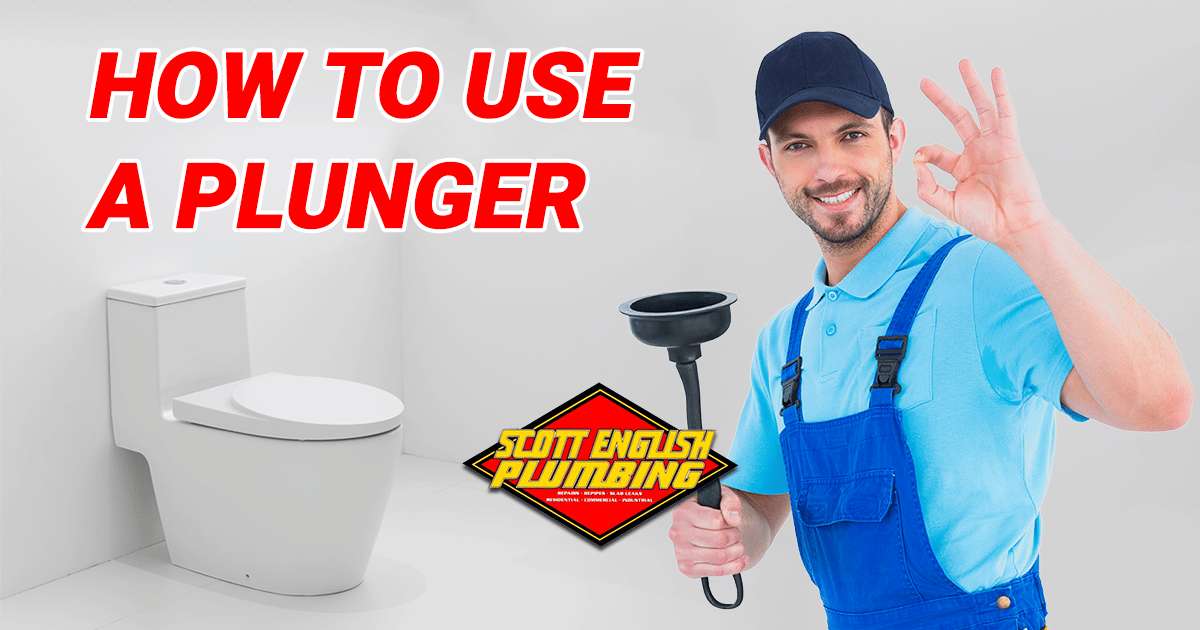
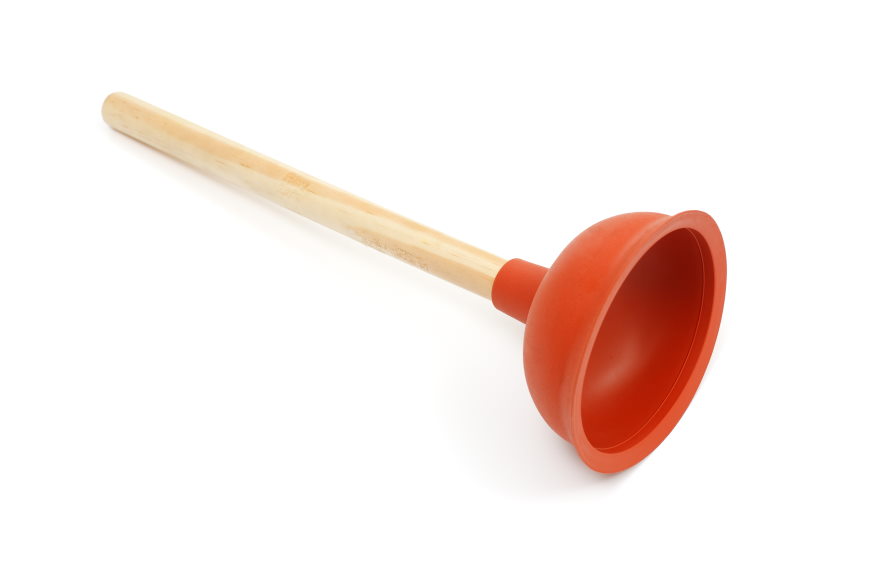
/woman-wearing-yellow-washing-up-gloves-to-unblock-sink-using-plunger-close-up-131987463-5887cfc03df78c2ccd92ec9e.jpg)



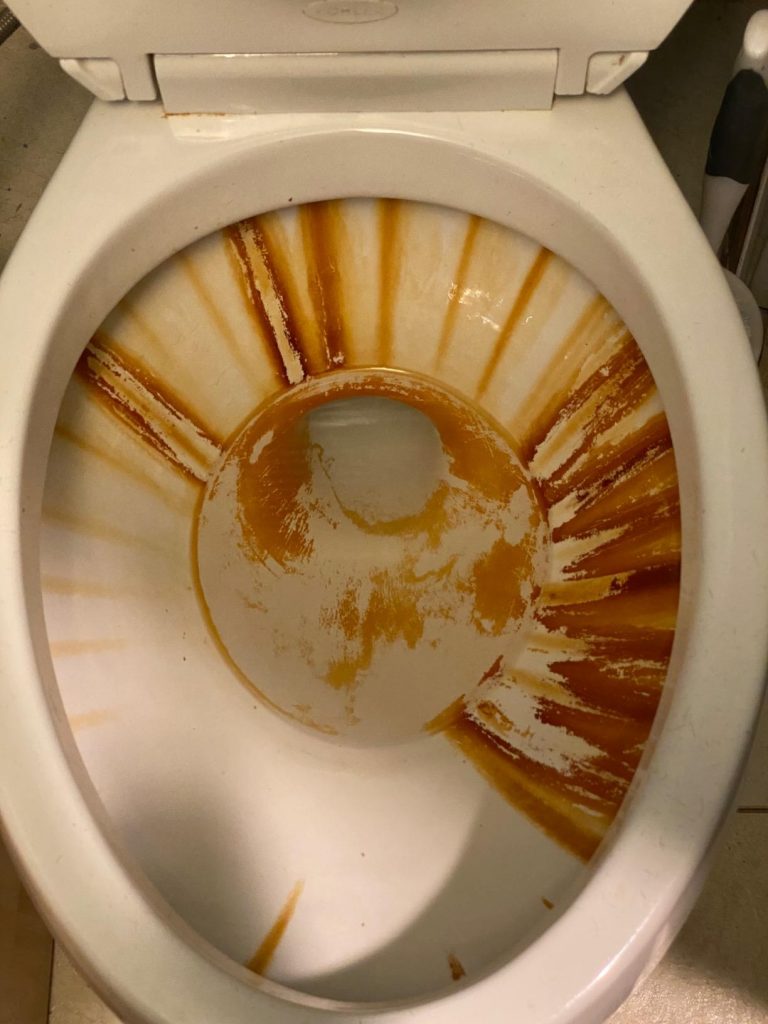


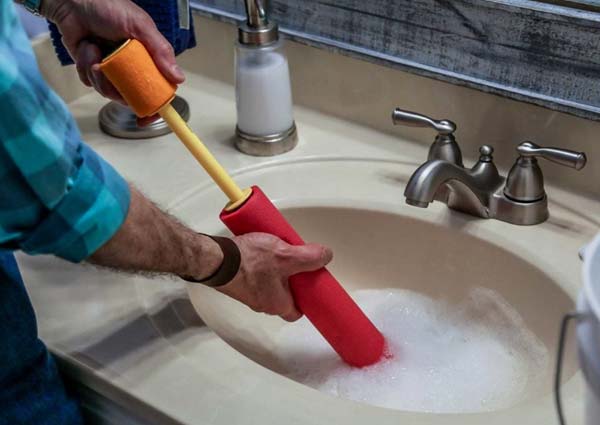
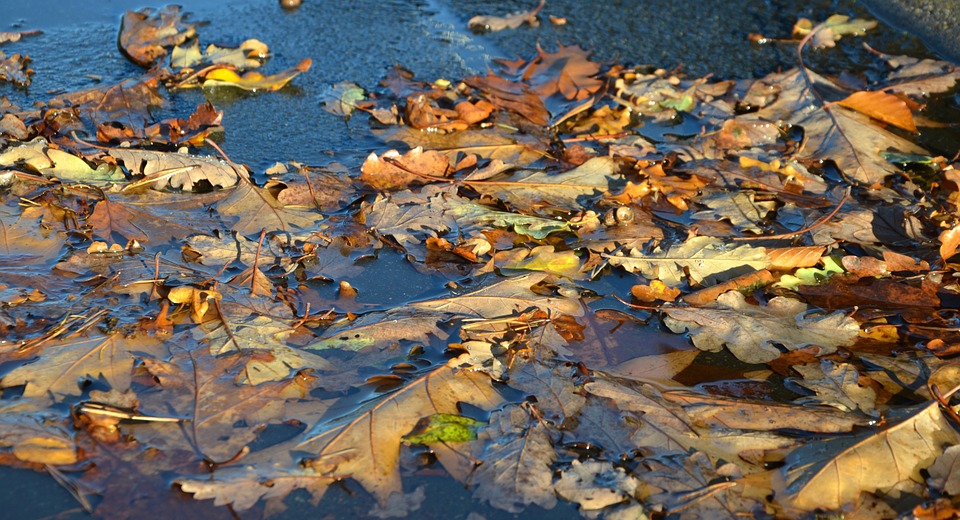
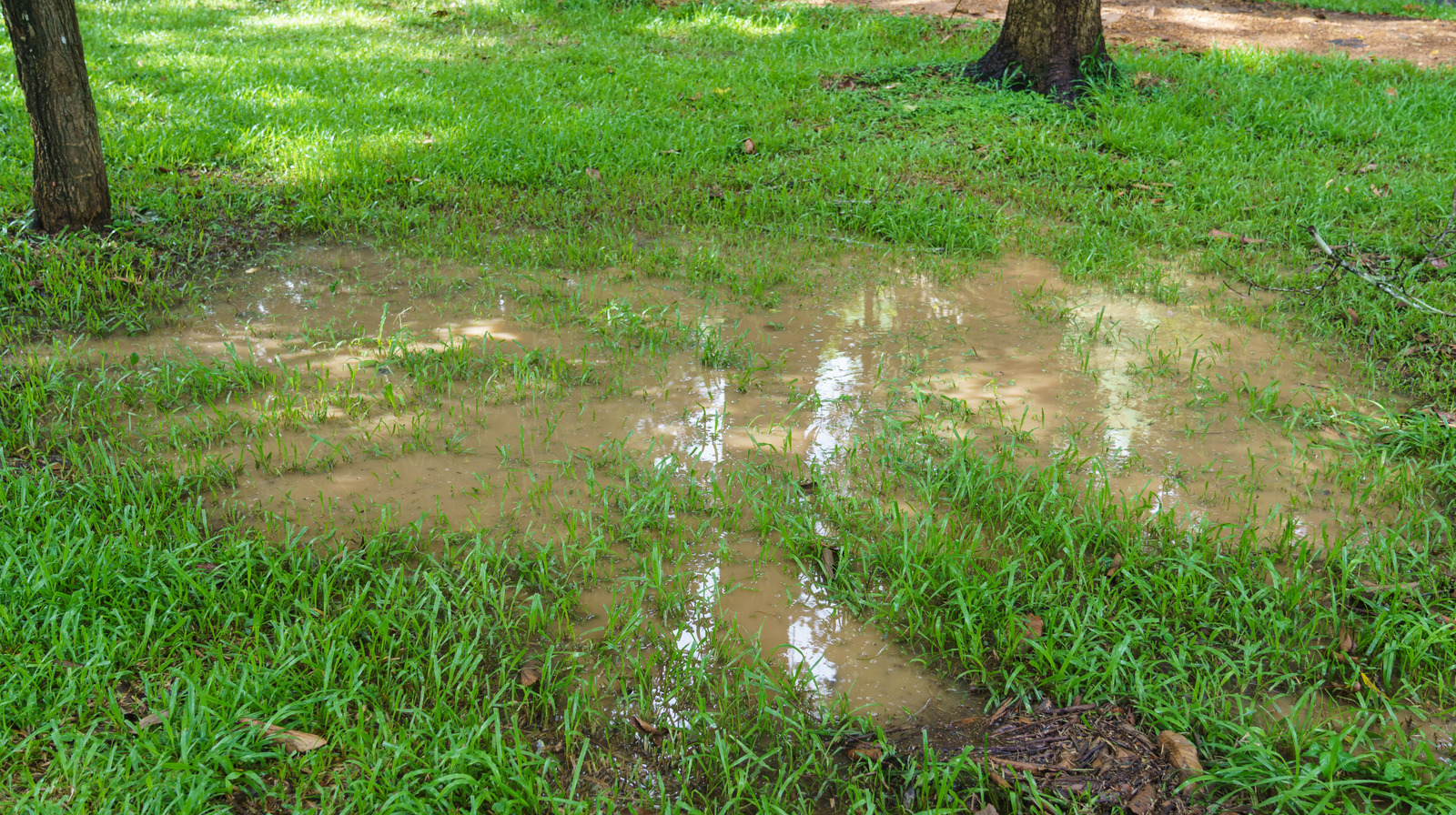
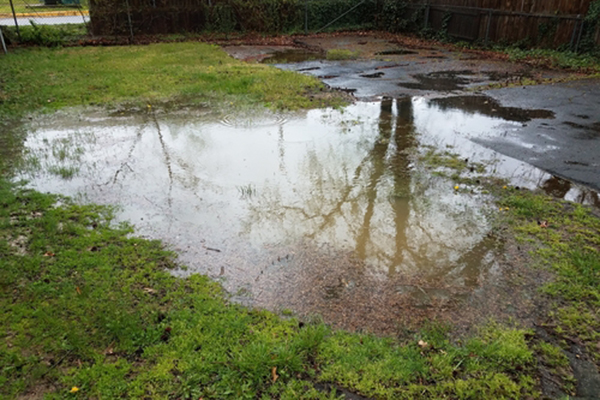


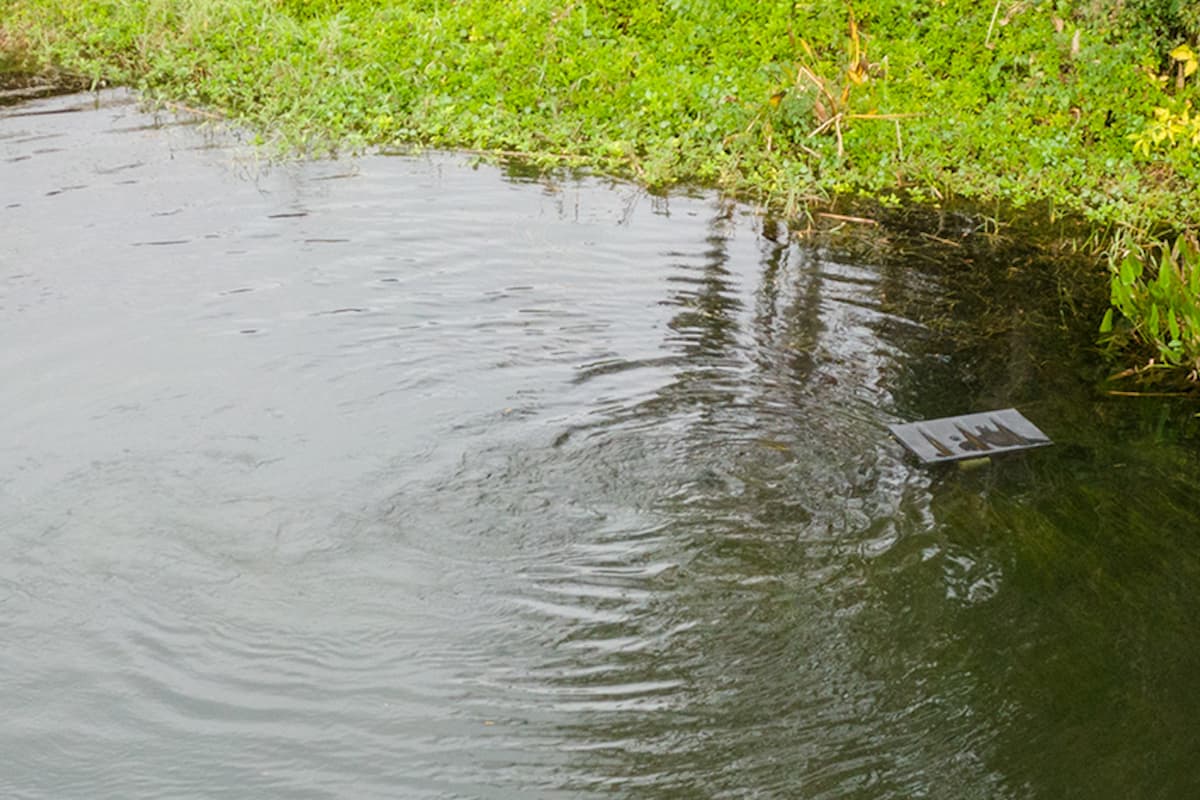




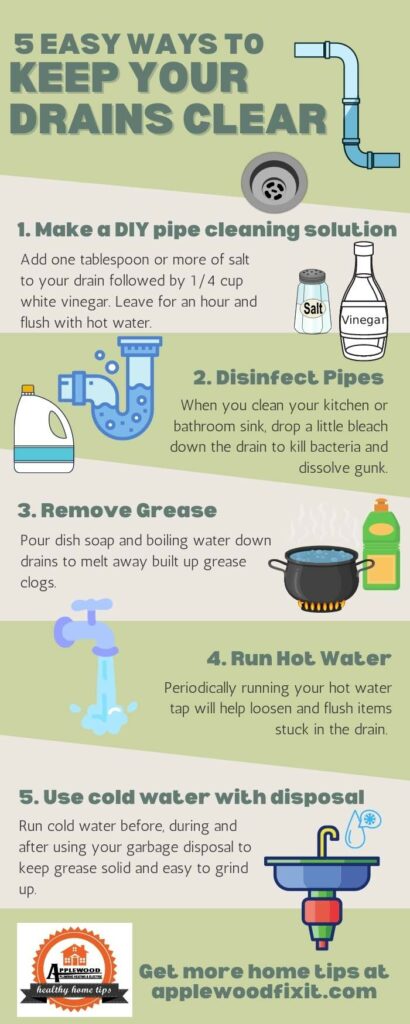


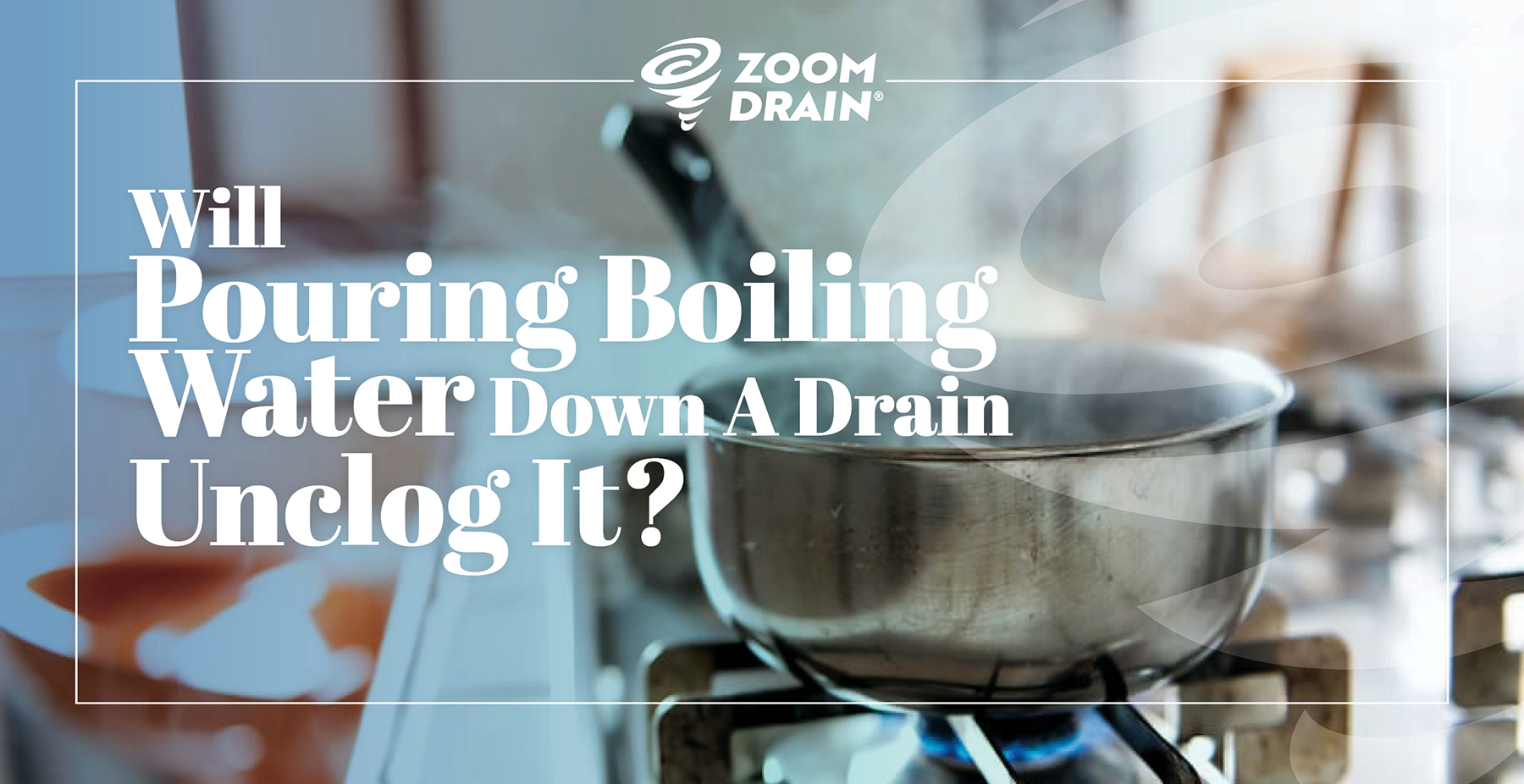
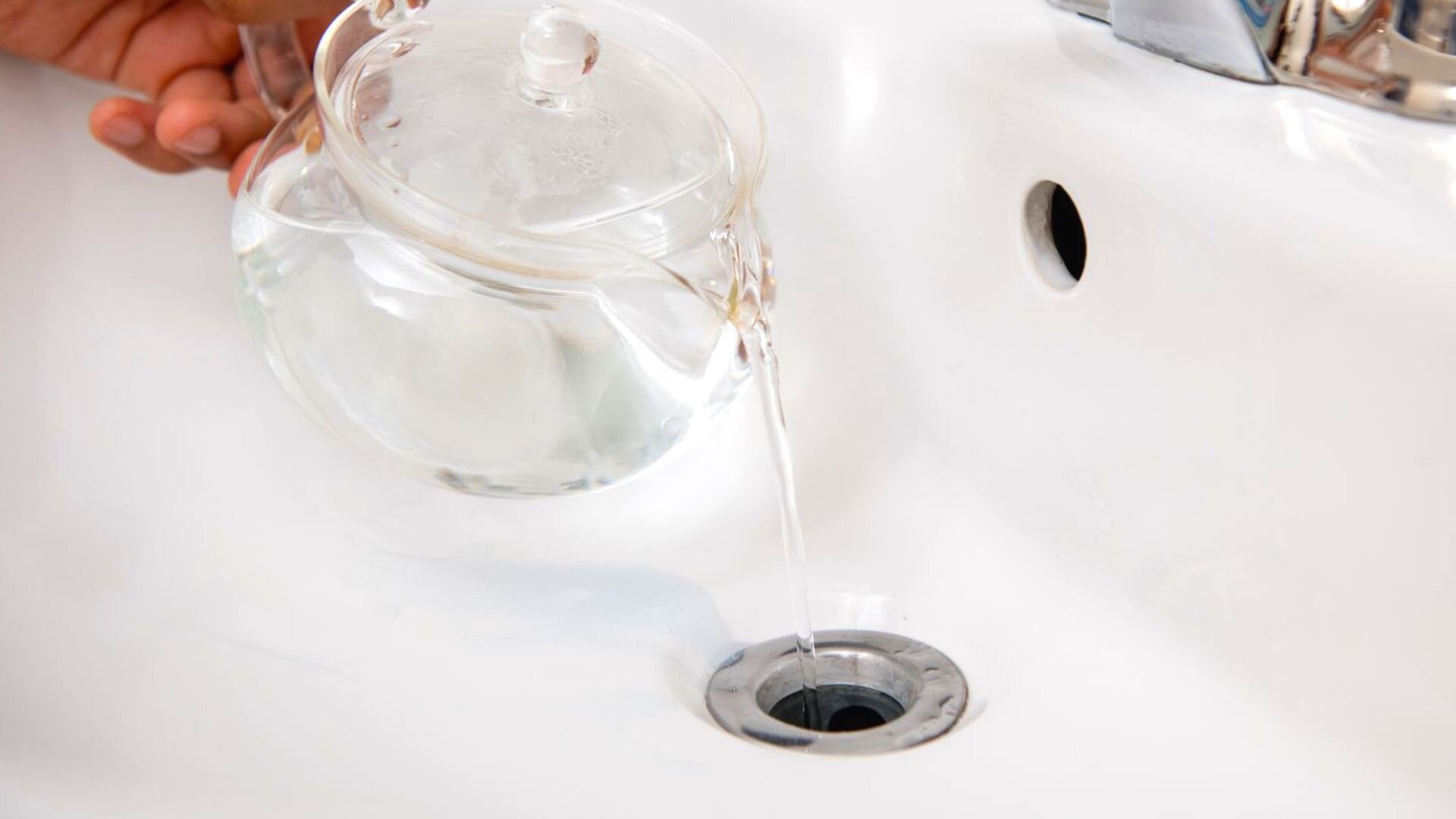
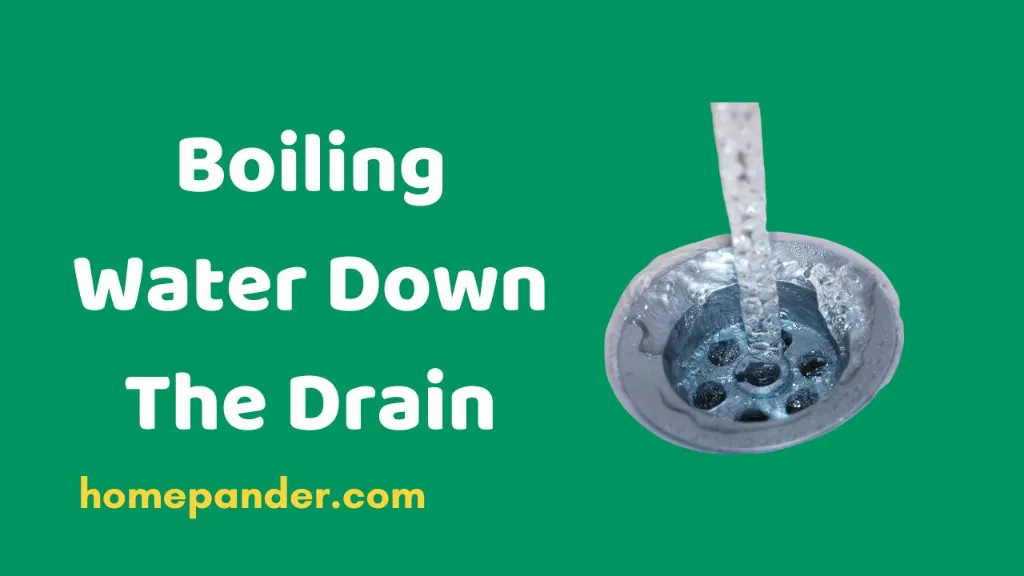
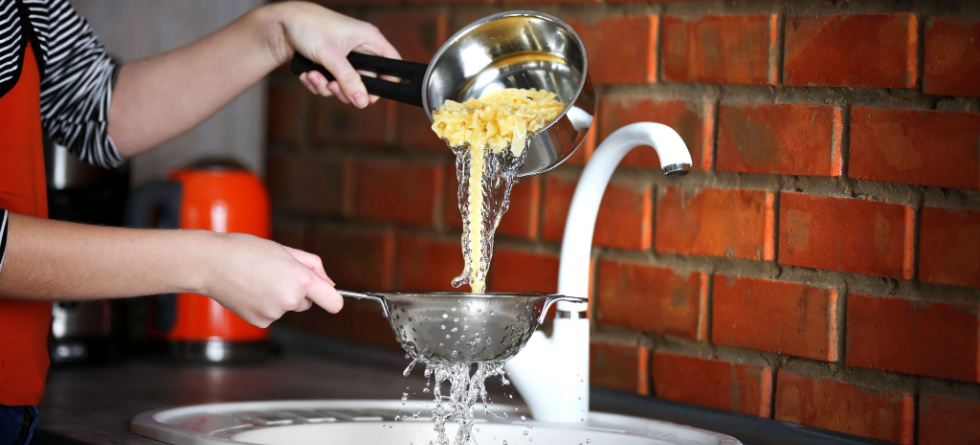
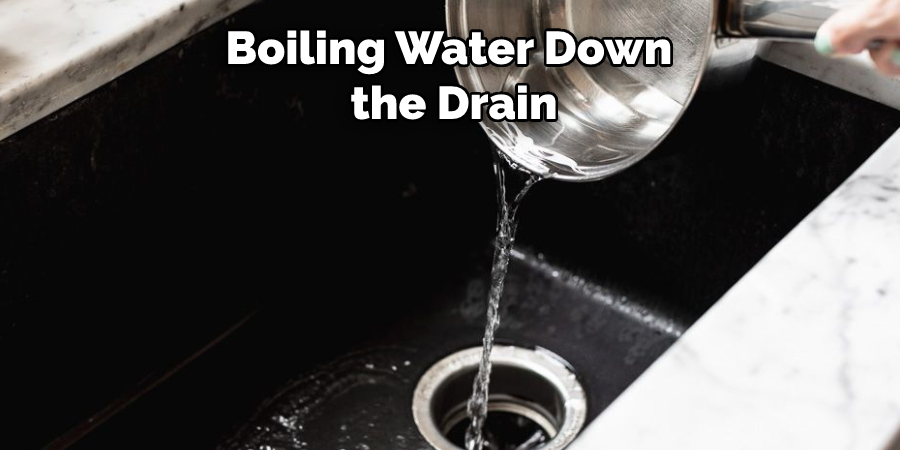
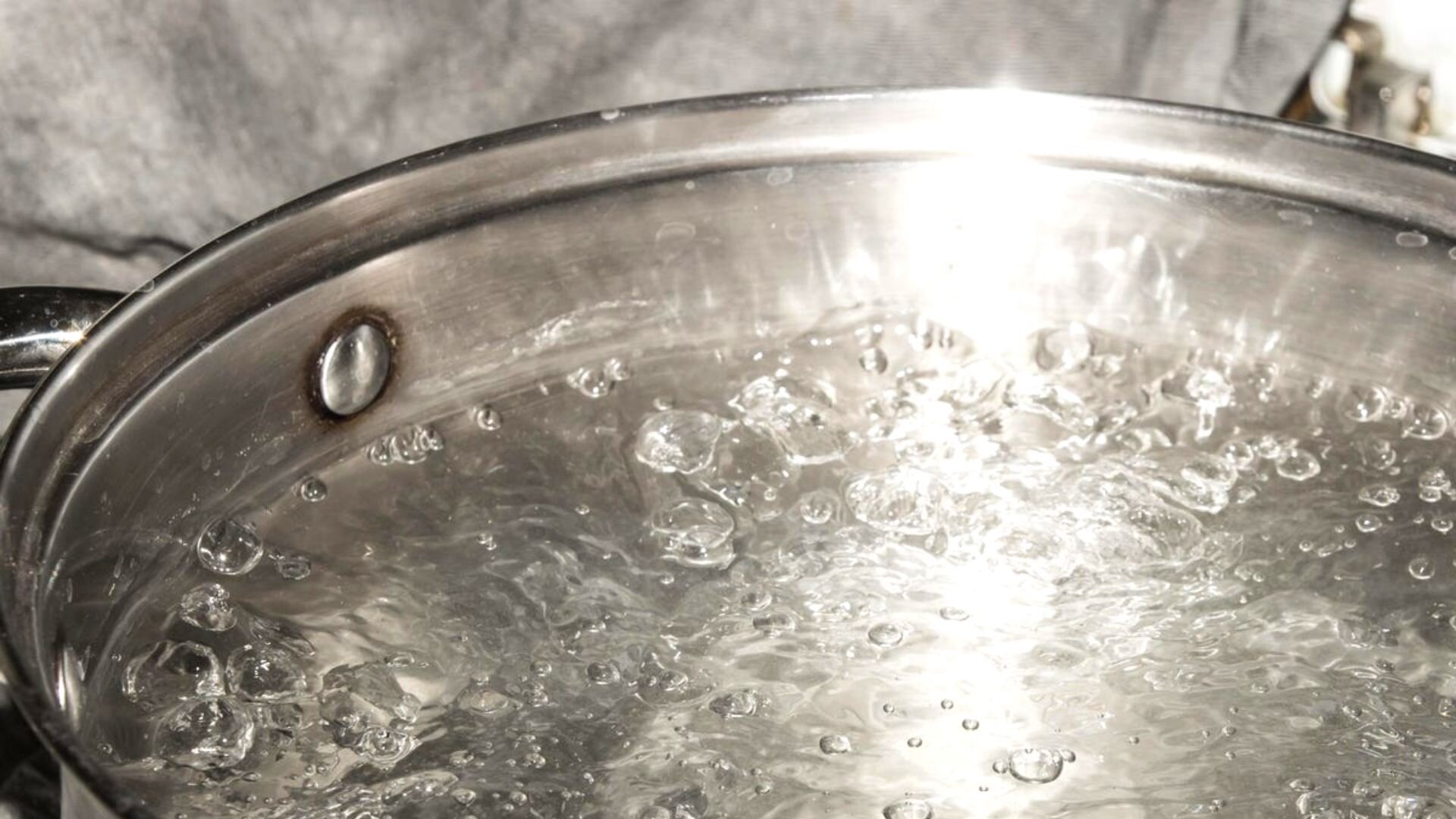
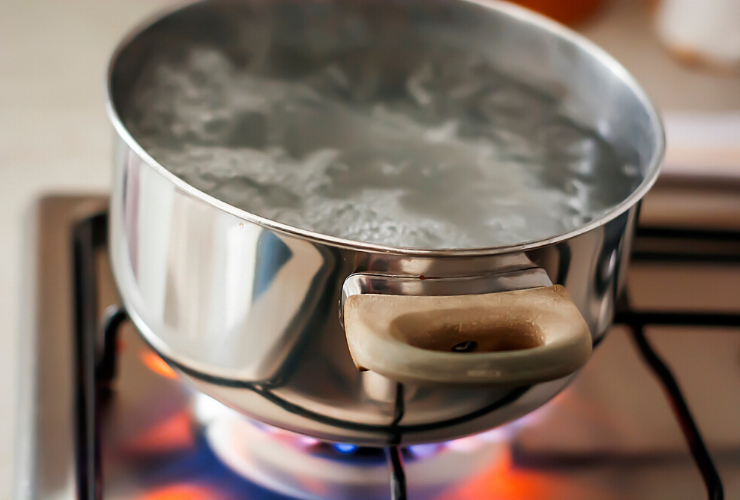
:max_bytes(150000):strip_icc()/GettyImages-1459148353-279aed56a15749c2a7310a882dbe3571.jpg)



